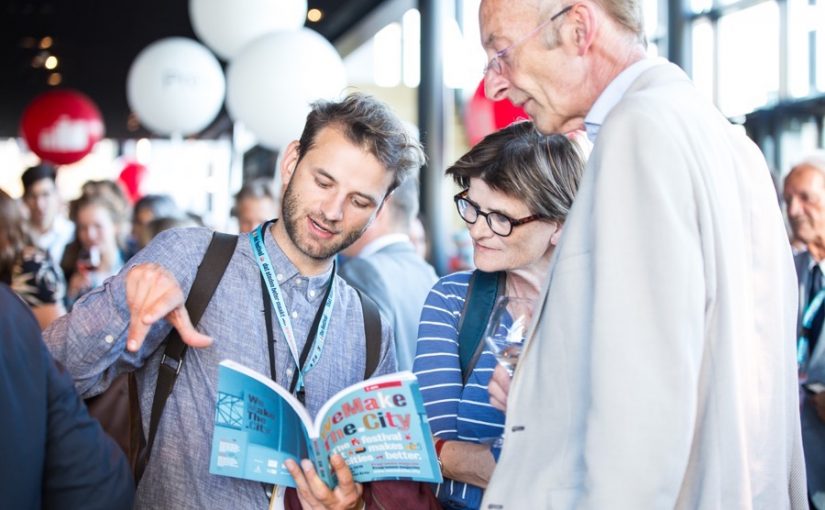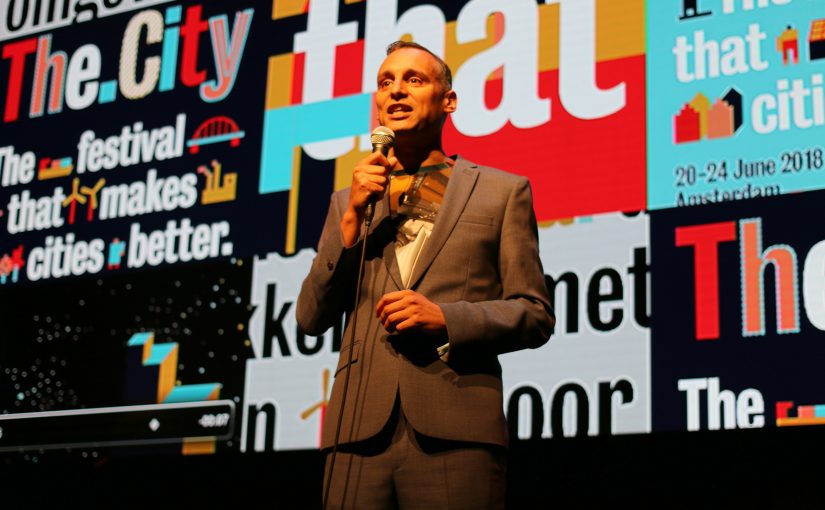De eerste editie van WeMakeThe.City is een feit! Vijf dagen lang vonden er door heel de Metropoolregio Amsterdam programma’s plaats die in het teken stonden van het samen een betere stad maken. Een stad die mooier, eerlijker, duurzamer en inclusiever is. De energie en gesprekken die los kwamen tijdens de conferenties, urban talks, expo’s, open huizen en meer lieten zien dat er door het samenbrengen van enthousiaste mensen veel te bereiken valt.
In dit fotoverslag geven we een sfeerimpressie van de meer dan 250 bijzondere programma’s die er tijdens WeMakeThe.City 2018 plaatsvonden. Hierbij een speciaal verslag met een selectie aan foto’s die de grote diversiteit aan festivalprogrammering weergeeft. Ga mee op reis door het universum van WeMakeThe.City.
Co-creatie event: Regio Amsterdam 2025 – 2050
De woensdag begon in Pakhuis de Zwijger met een design sessie van de regio Amsterdam 2025-2050. Amsterdammers en bewoners van de regiogemeenten ontwierpen samen de toekomst van de metropoolregio. Wat is van waarde en willen we behouden en wat moet we toevoegen, bijbouwen en aandacht geven? De resultaten waren even creatief als divers.
-
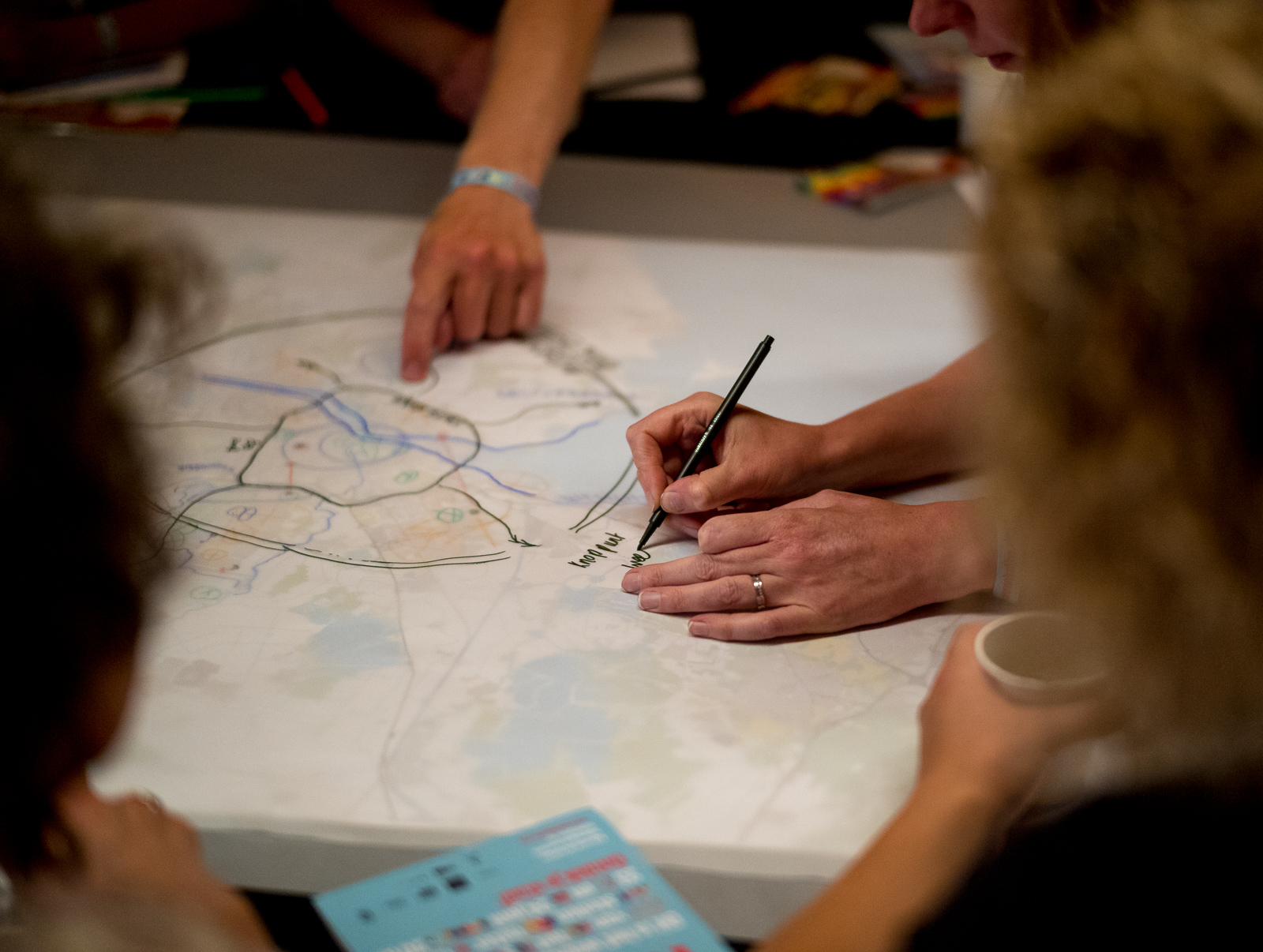
Foto: Vincent van Kleef
-
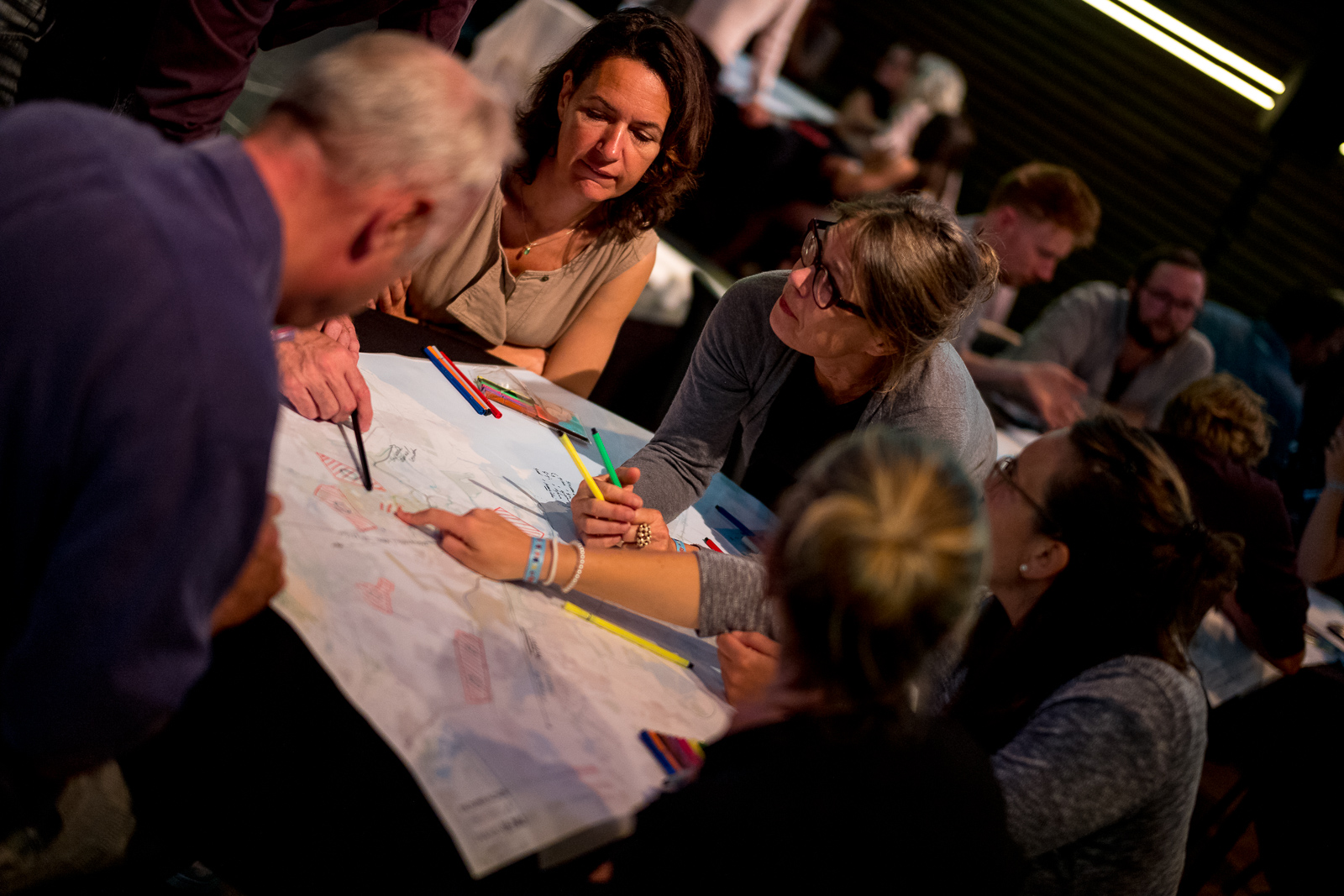
Foto: Vincent van Kleef -
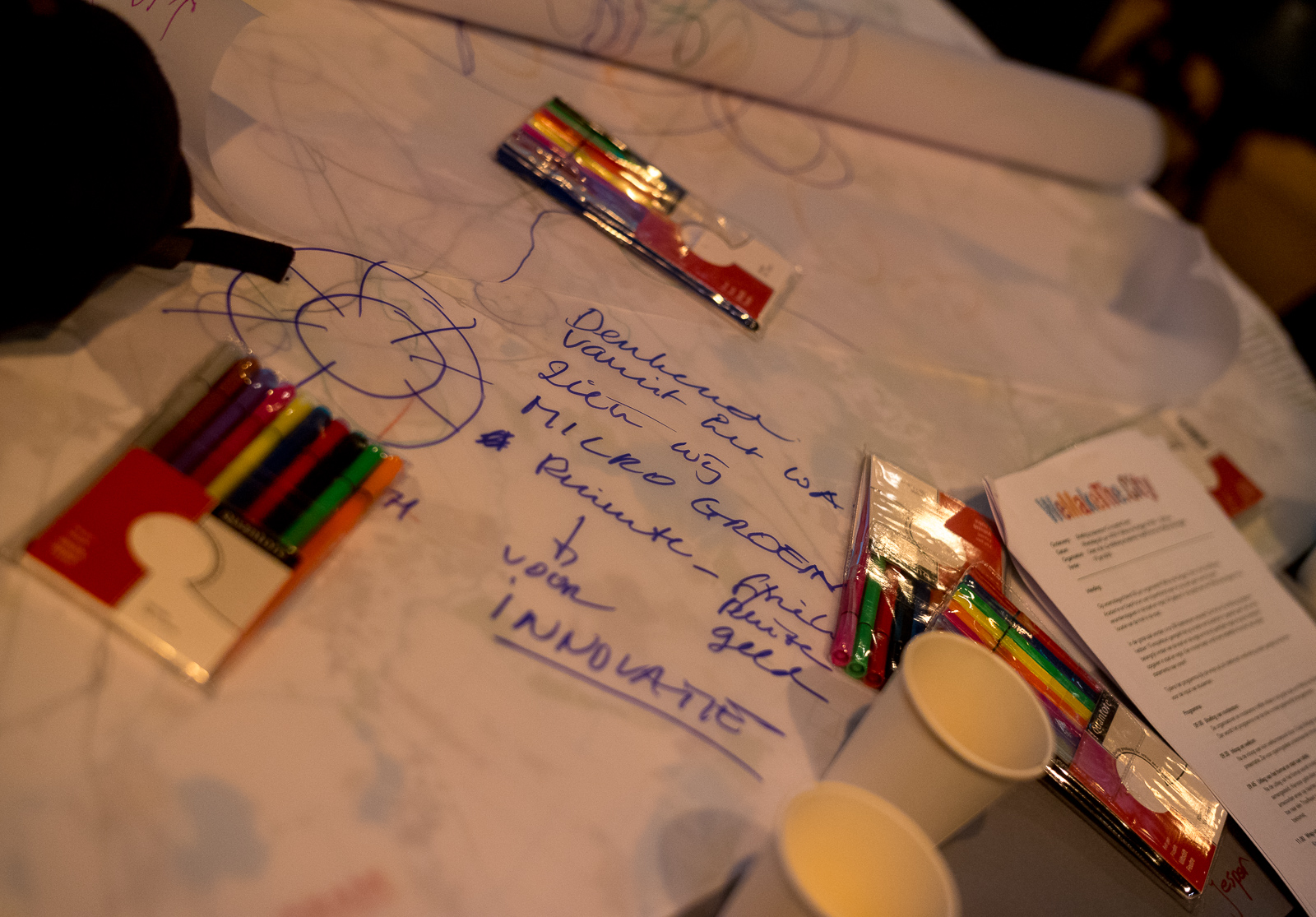
Foto: Vincent van Kleef
-
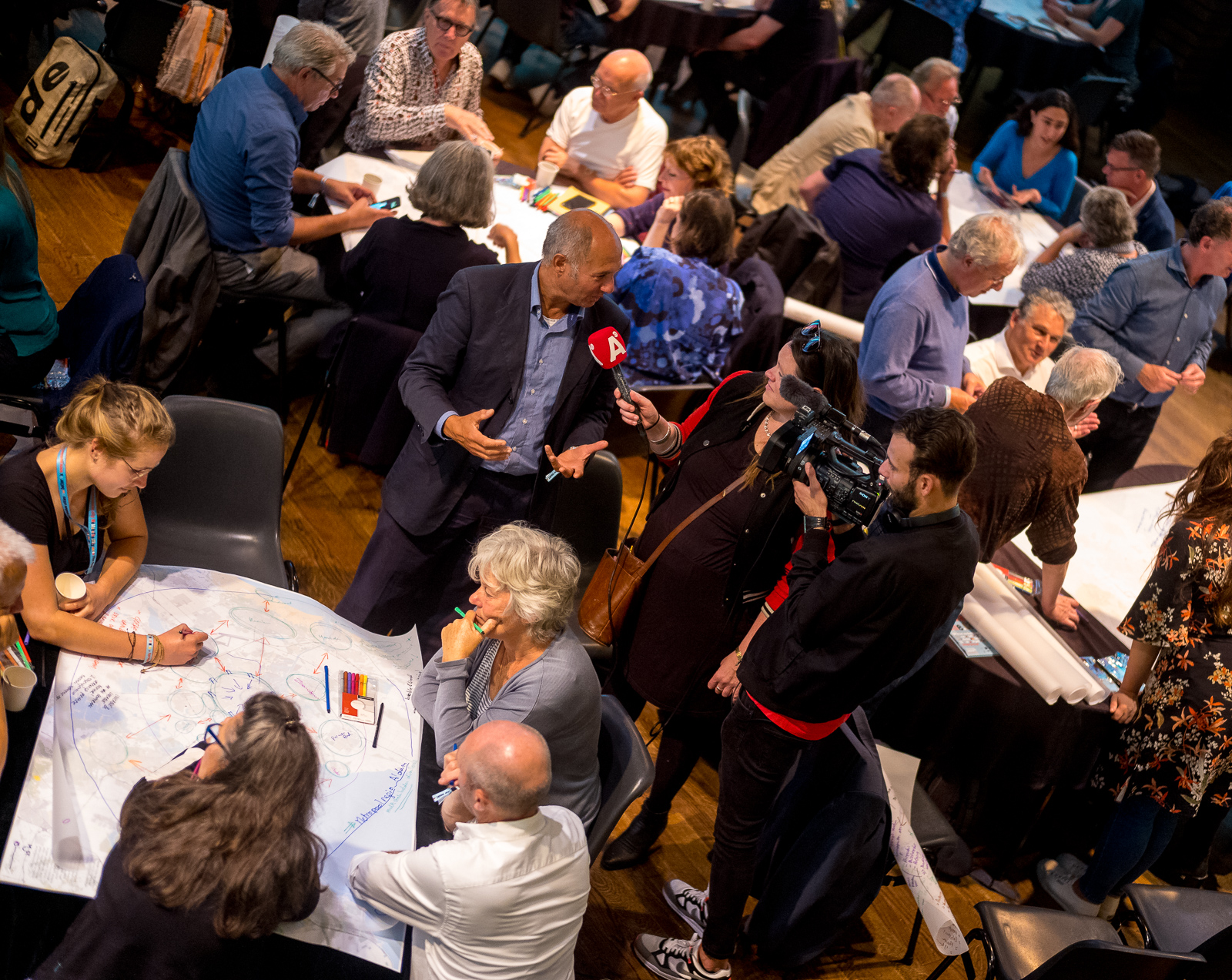
Foto: Vincent van Kleef -
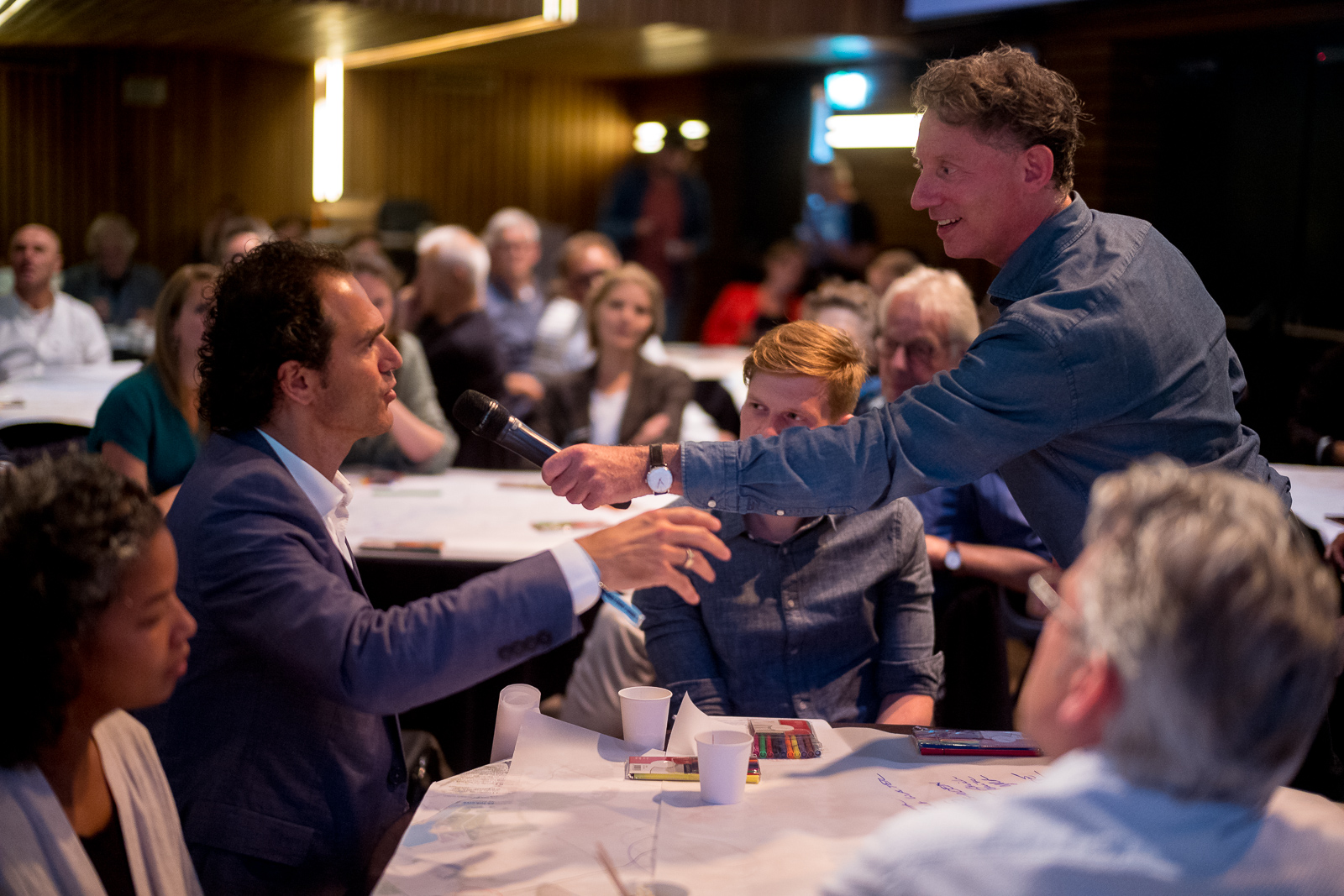
Foto: Vincent van Kleef
Living Lab North Tour
Op woensdag liet de Urban Expeditie Living Lab North Tour de ontwikkelingen in Amsterdam-Noord zien, startend bij Ferrotopia op de NDSM-werf, via MX3D, Circulair Buiksloterham en De Ceuvel, naar de A’DAM Toren op Overhoeks.
-
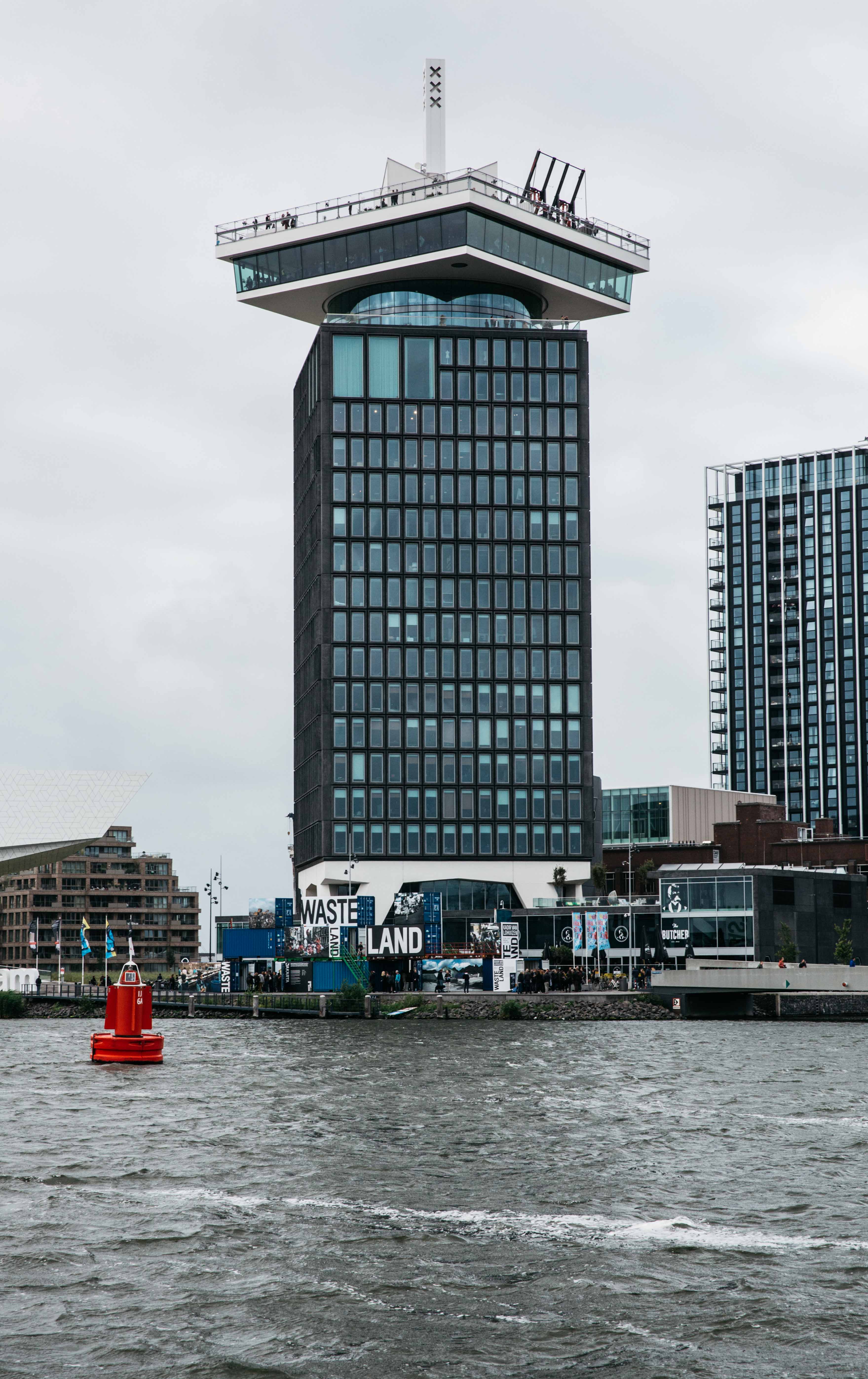
A’DAM Toren
Foto: Iris Duvekot -
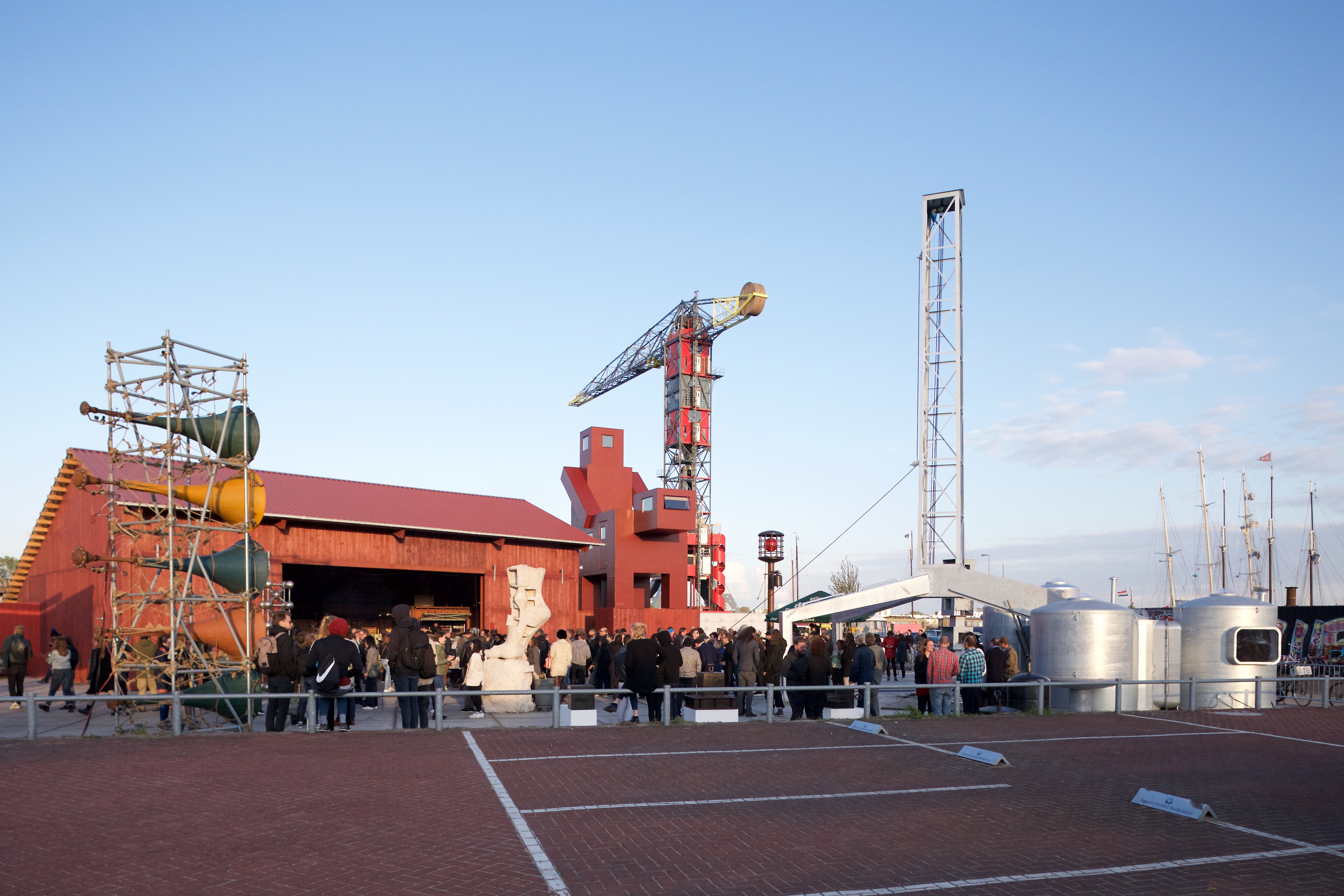
Ferrotopia
Foto: Ernst van Deursen
Bas Kosters Studio
Bas Kosters Studio maakte van woensdag tot vrijdag een geheel nieuwe lijn van kledingafval. Tijdens de modeshow en open studio ‘Waste to Want’ op het Westergasterrein werden zijn nieuwe ontwerpen aan ruim 600 bezoekers getoond.
-
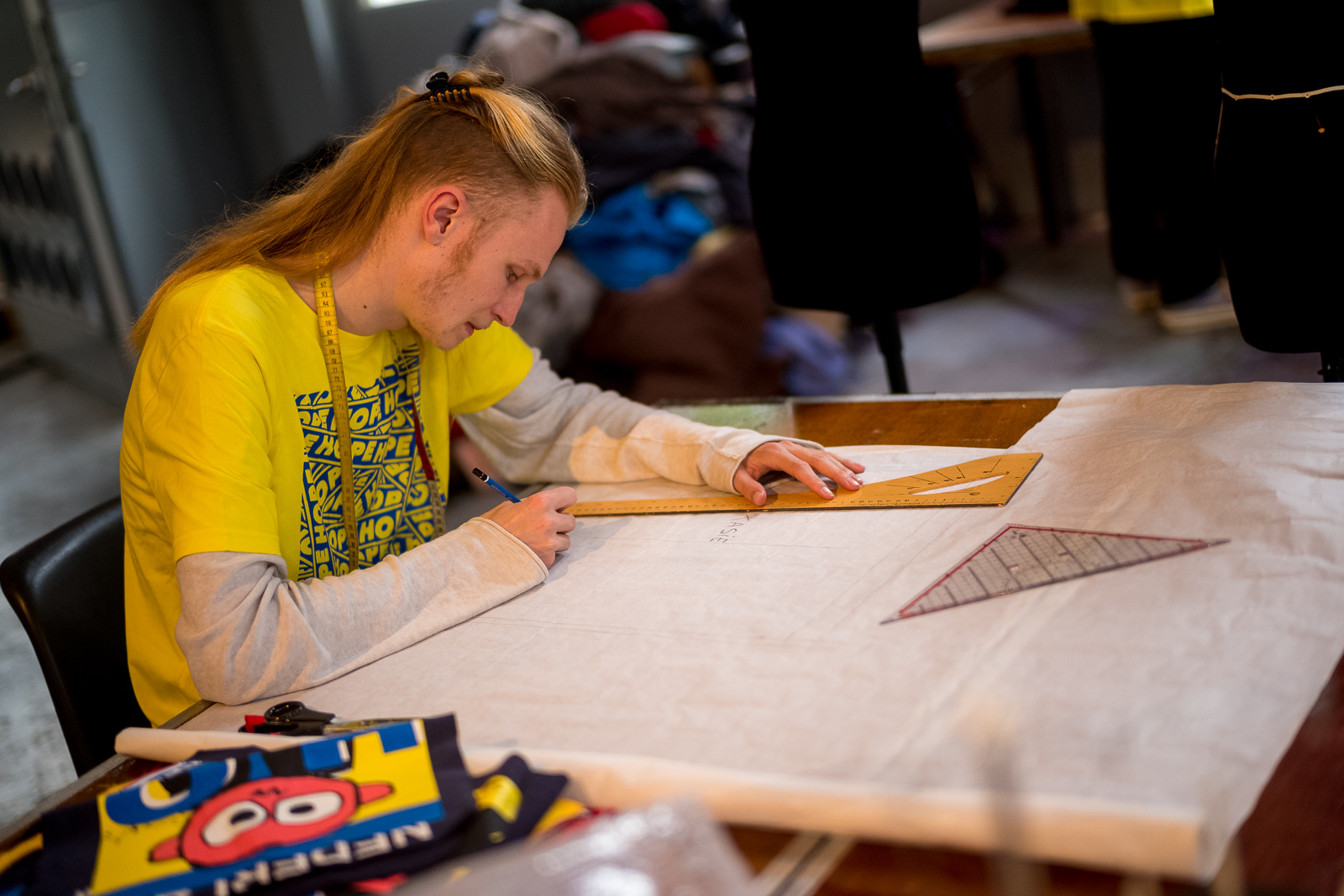
Foto: Vincent van Kleef -
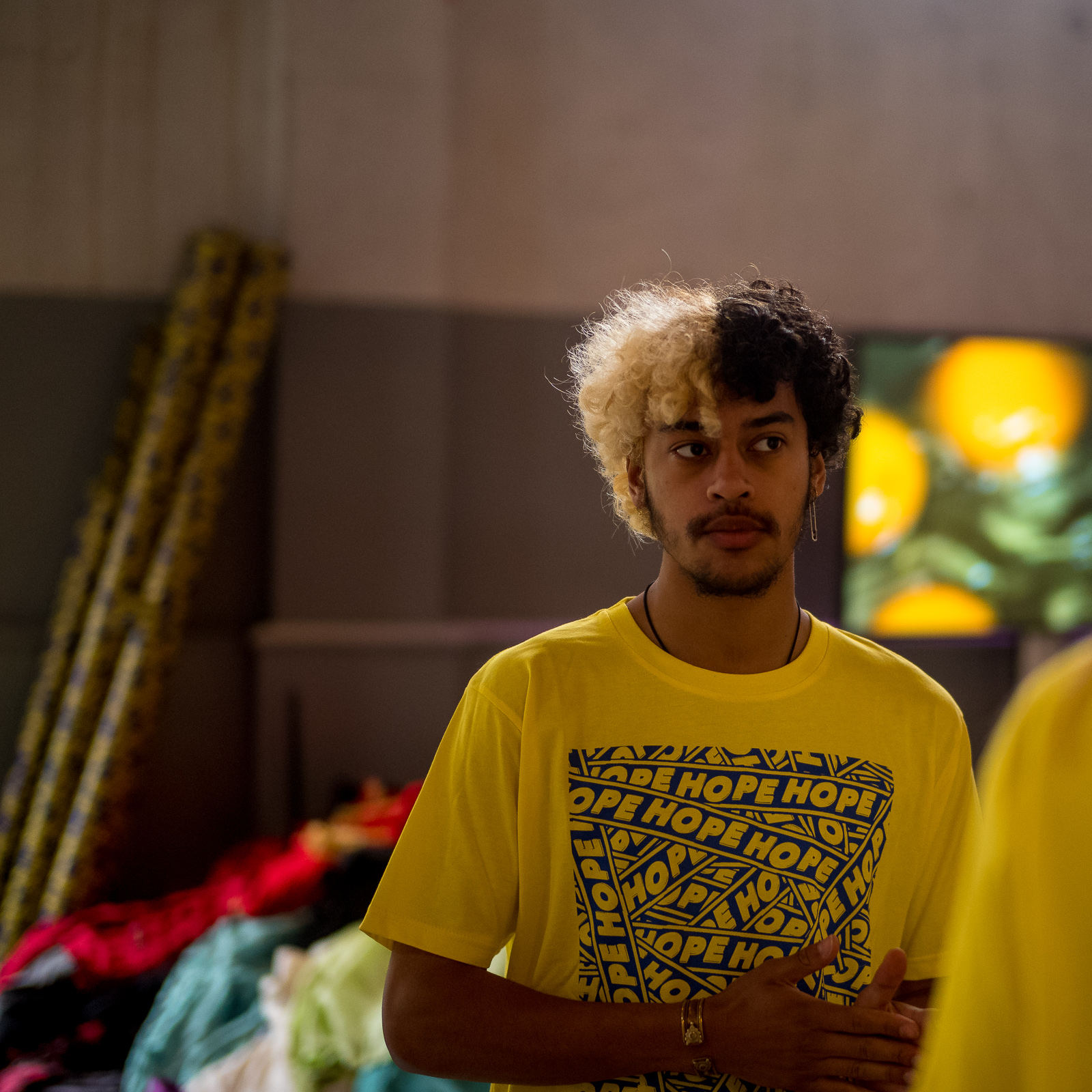
Foto: Vincent van Kleef
-
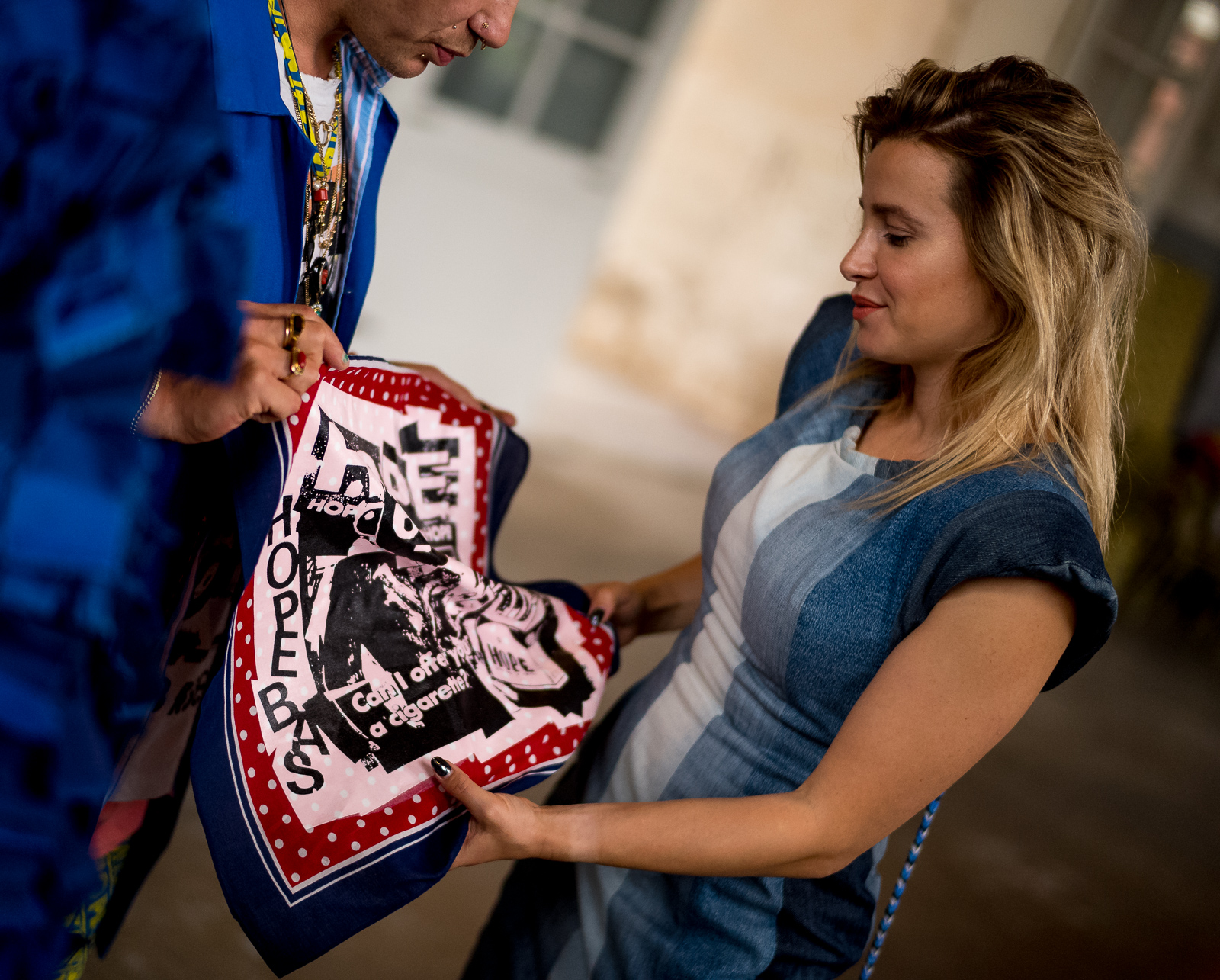
Bas Kosters wordt geïnterviewd door Victoria Koblenko.
Foto: Vincent van Kleef
Opening Night: Setting the Urban Agenda Tomorrow
WeMakeThe.City viert het stedelijke leven en al het moois dat de stad beter maakt. De Opening Night op woensdag werd feestelijk geopend door festival directeur Egbert Fransen en wethouder Udo Kock. Vervolgens beantwoordden de sprekers Kate Raworth, Toni L. Griffin, Francesca Bria, Gabriella Gómez-Mont, Aisha Bin Bishr, Marleen Stikker, Marjan Minnesma, Nicole Maarsen, Eva Gladek, Arna Mackic, Flor Avelino en Orville Breeveld de centrale vragen van de eerste editie van WeMakeThe.City: In wat voor stad willen we wonen – over vijf, tien of vijftien jaar? Hoe maken we de stad samen meer inclusief, duurzaam, betaalbaar, veilig én welvarend?
-
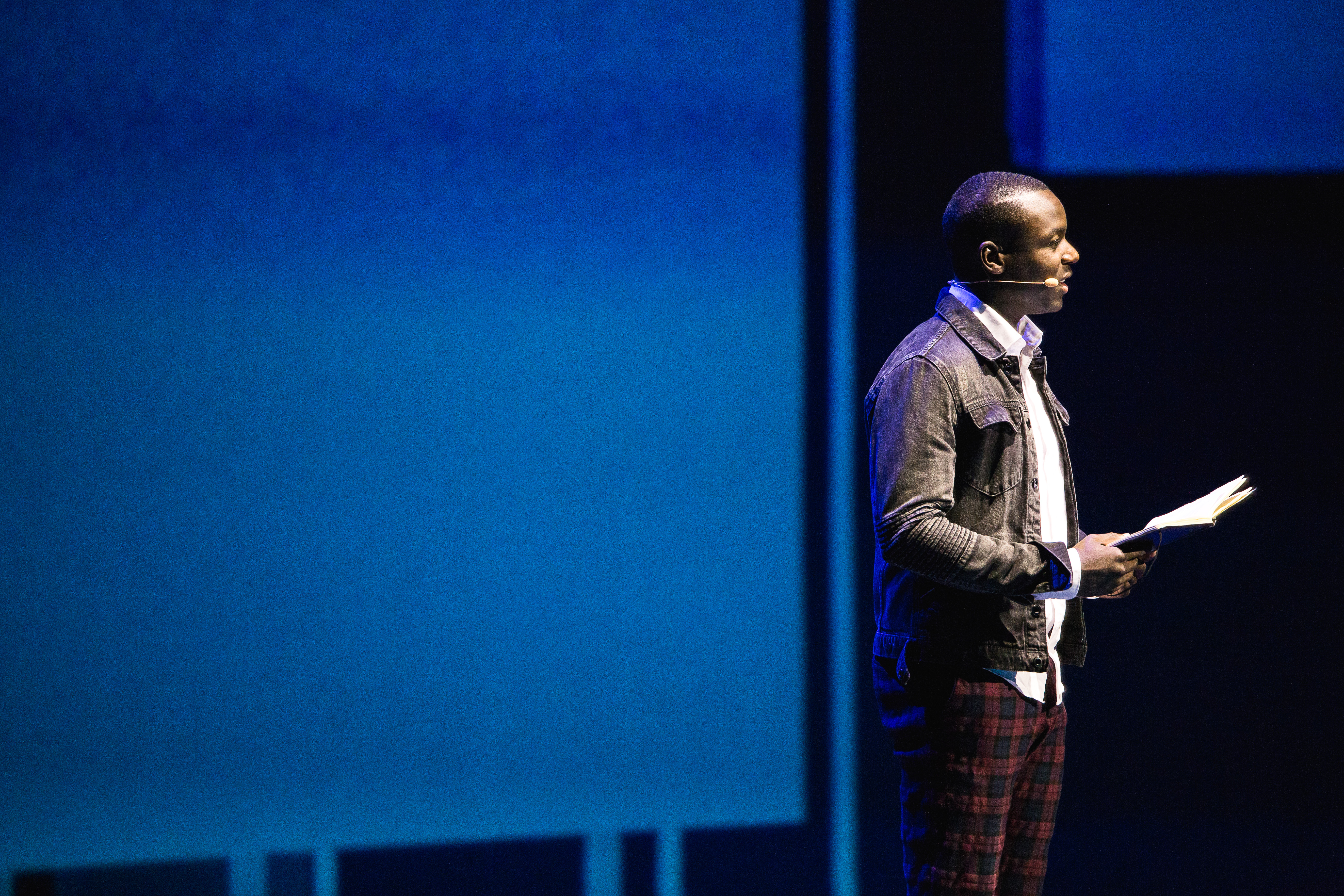
Gershwin Bonevacia
Foto: Maarten Nauw -
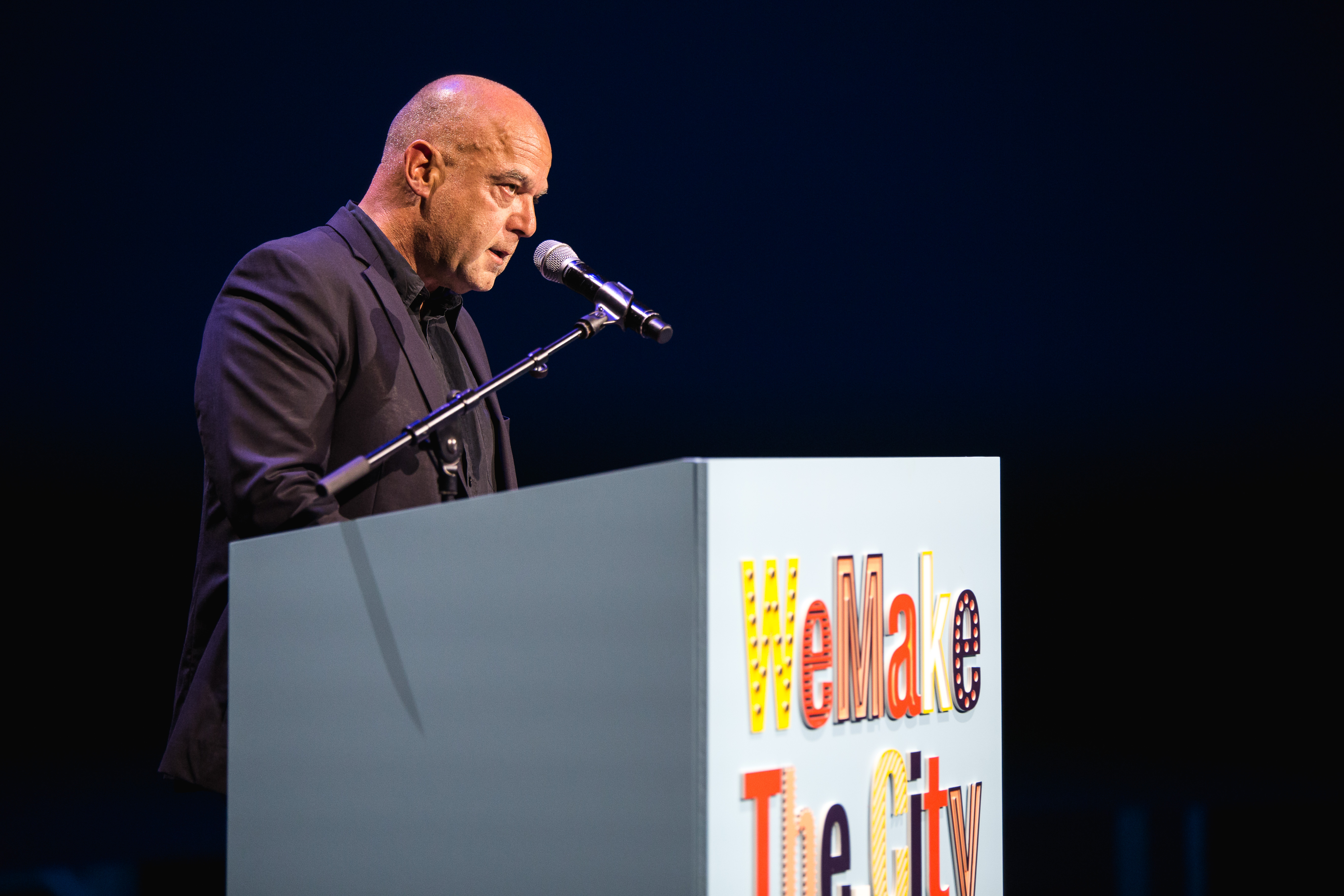
Egbert Fransen
Foto: Maarten Nauw
-
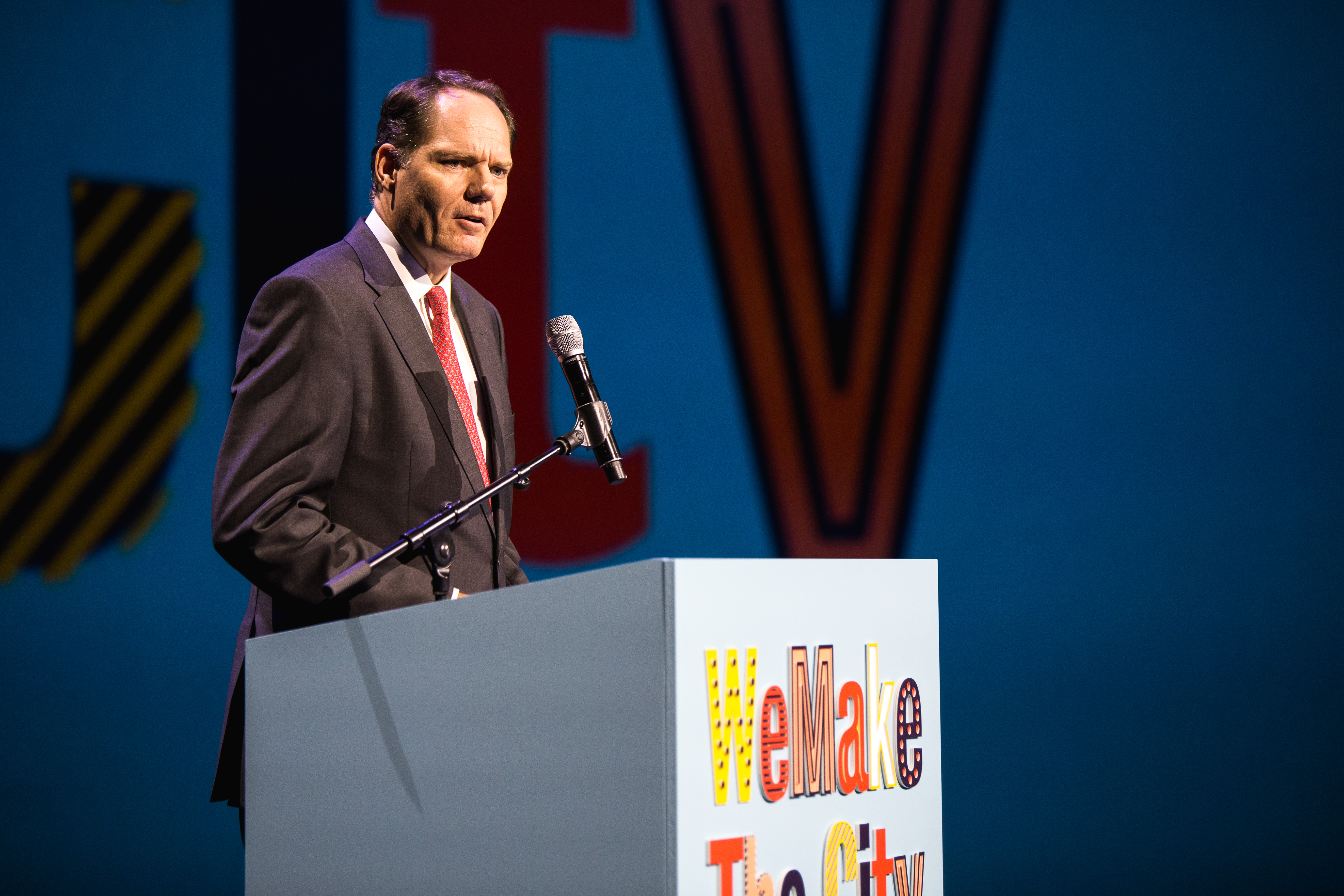
Udo Kock
Foto: Maarten Nauw -
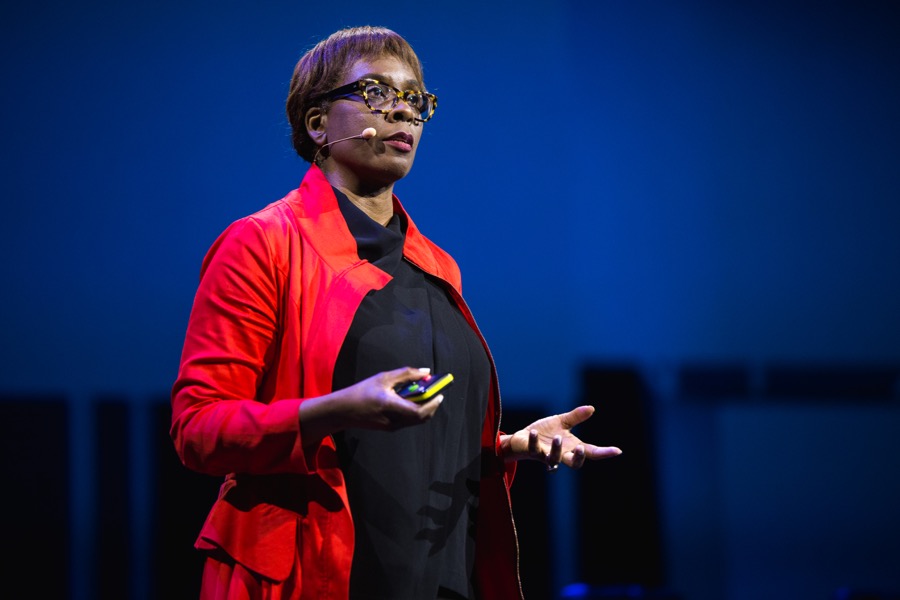
Toni L. Griffin
Foto: Maarten Nauw
-
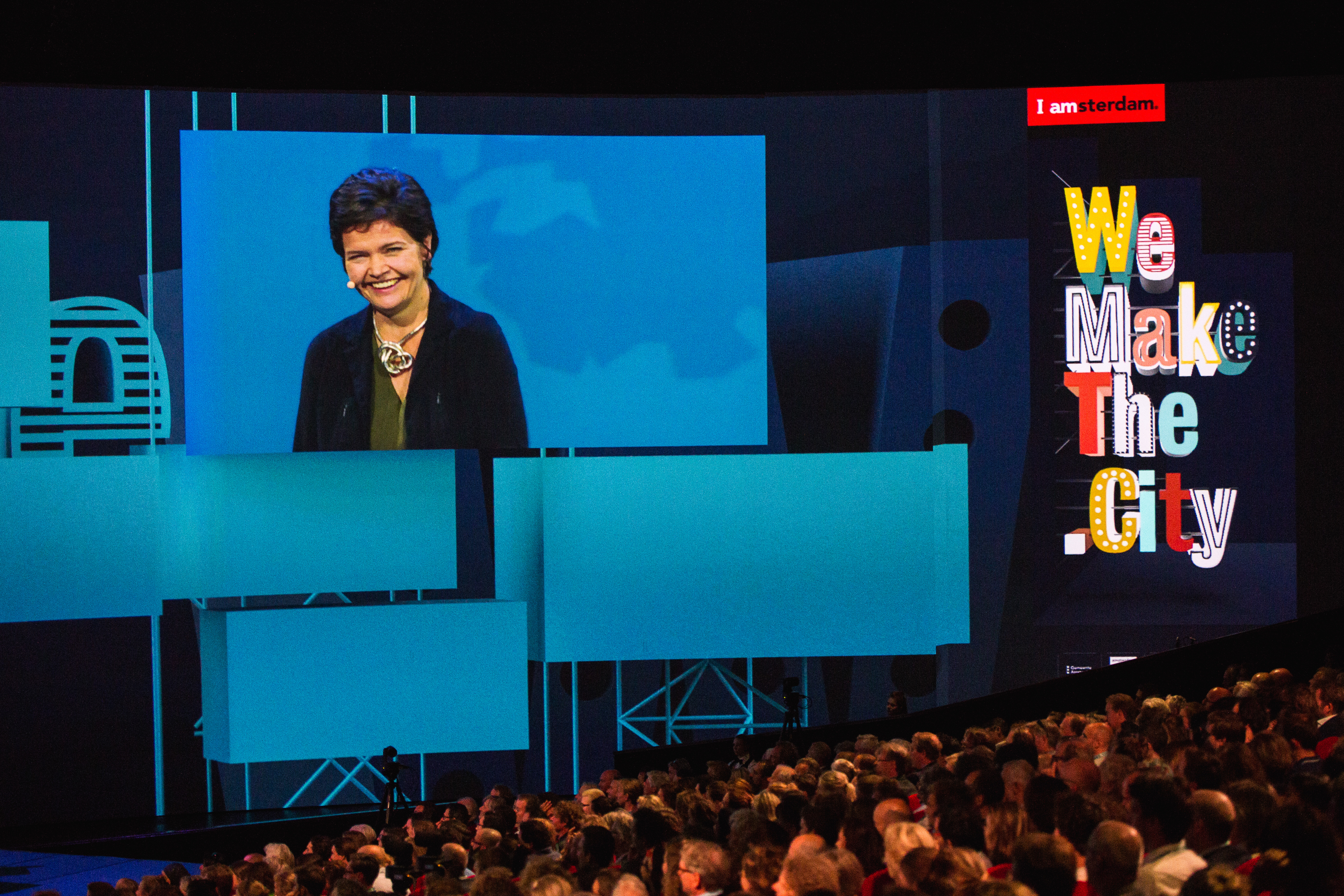
Kate Raworth
Foto: Maarten Nauw
-
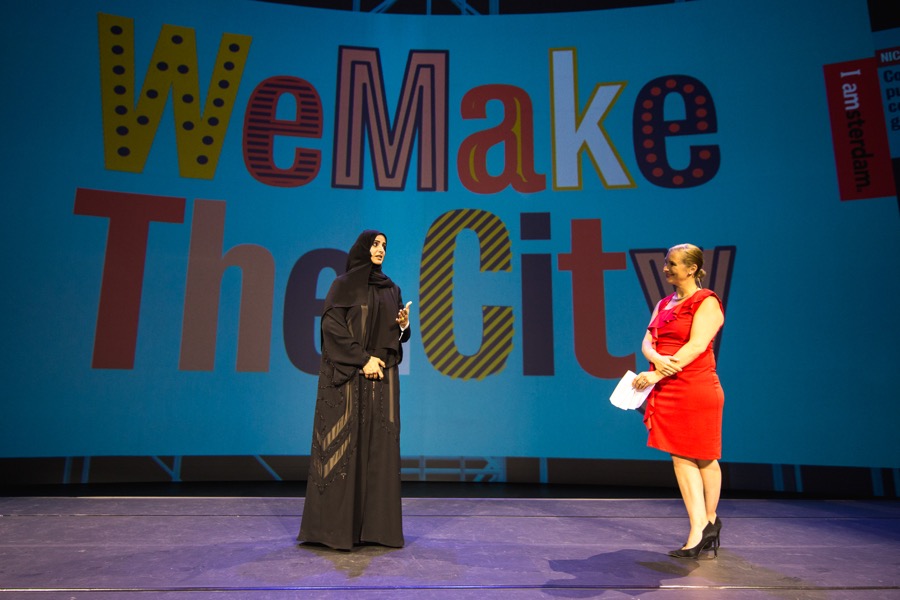
Aisha Bin-Bishr
Foto: Maarten Nauw
-
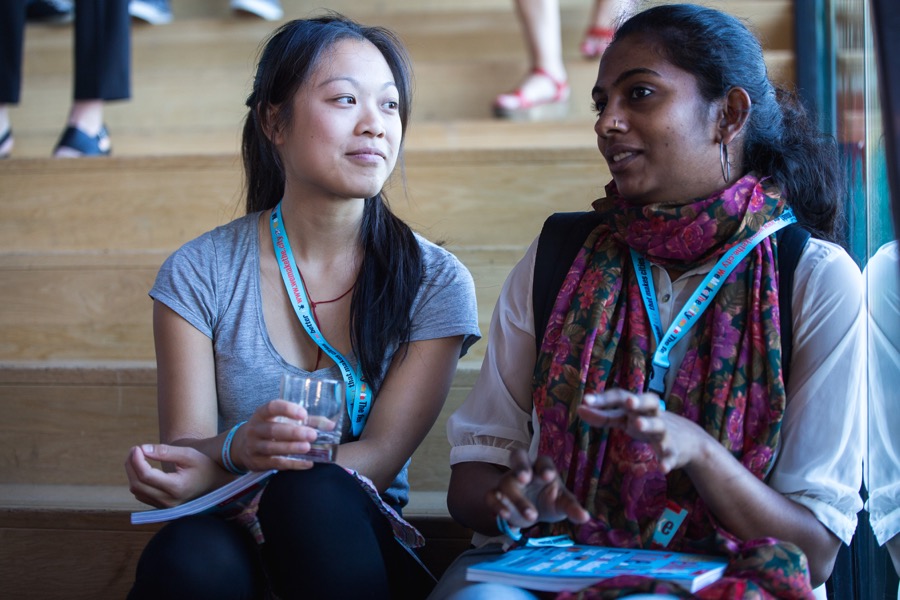
Foto: Maarten Nauw -
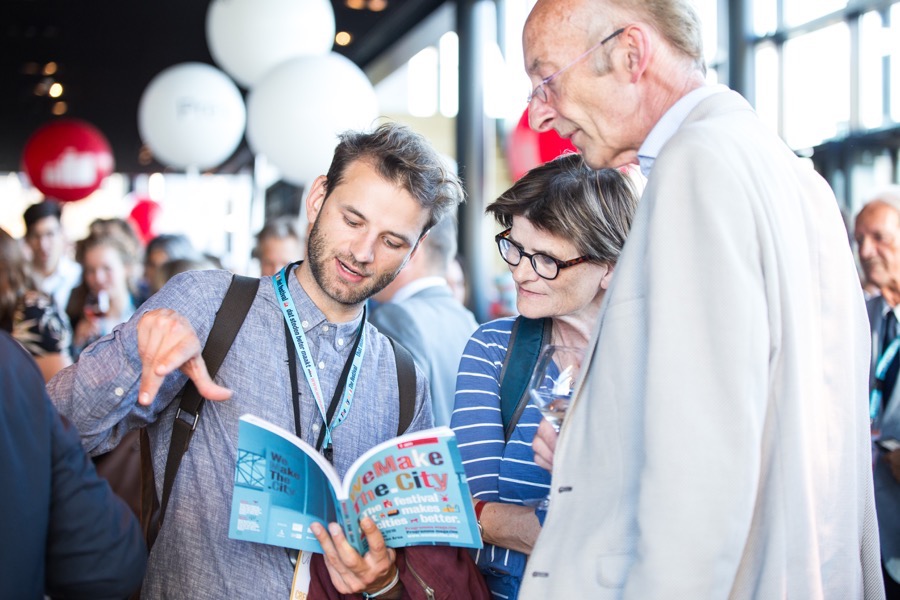
Foto: Maarten Nauw
Speakers Event
Donderdagavond werd er in het Stedelijk Museum met alle lokale, nationale en internationale sprekers, experts, ondernemers en partners van WeMakeThe.City gereflecteerd op wat zij tot dusver hadden gezien, gehoord en geleerd. Onder het genot van een hapje, drankje en muziek werden de uitdagingen en oplossingen van de toekomst besproken.
-
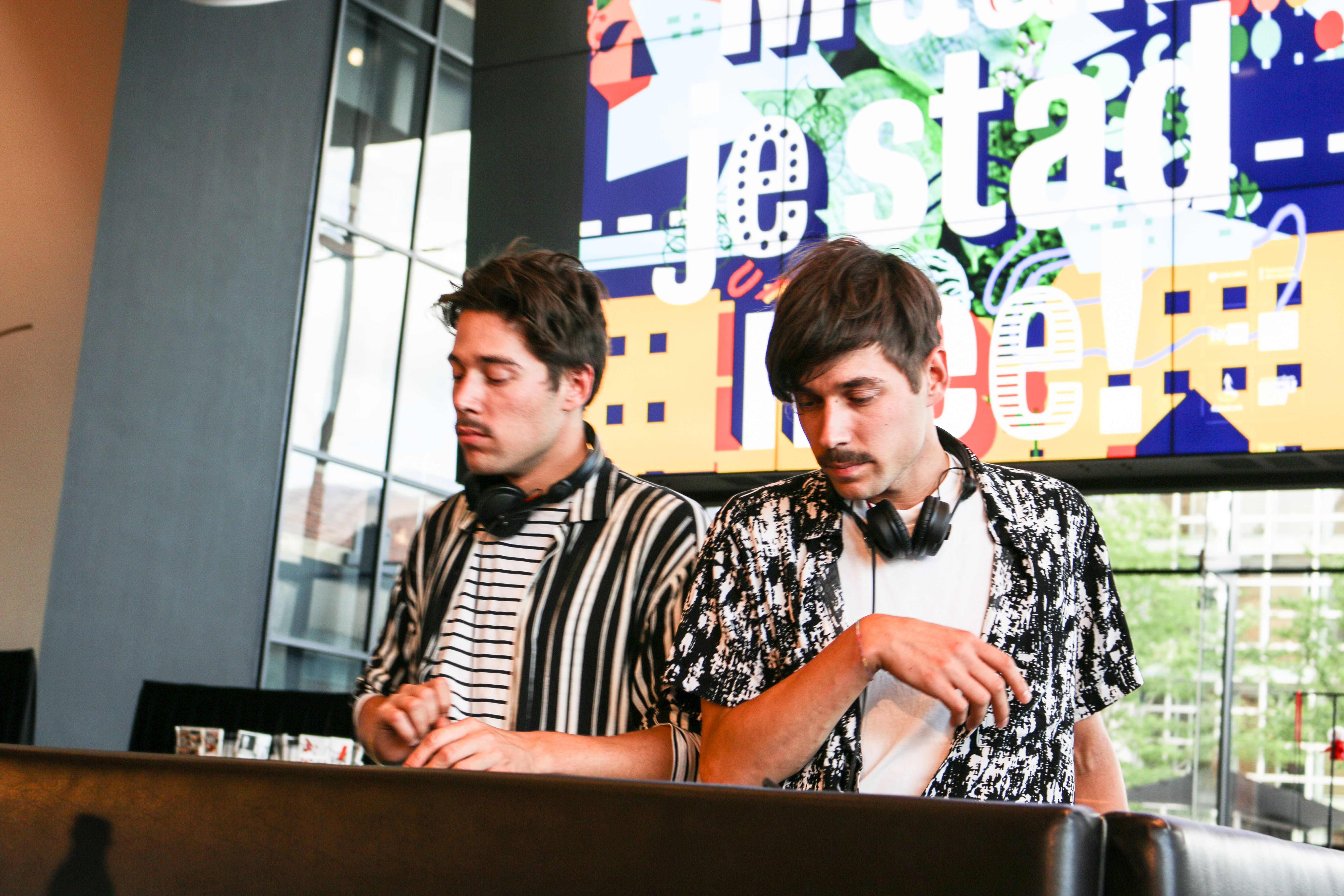
Foto: Esther van der Heijden -
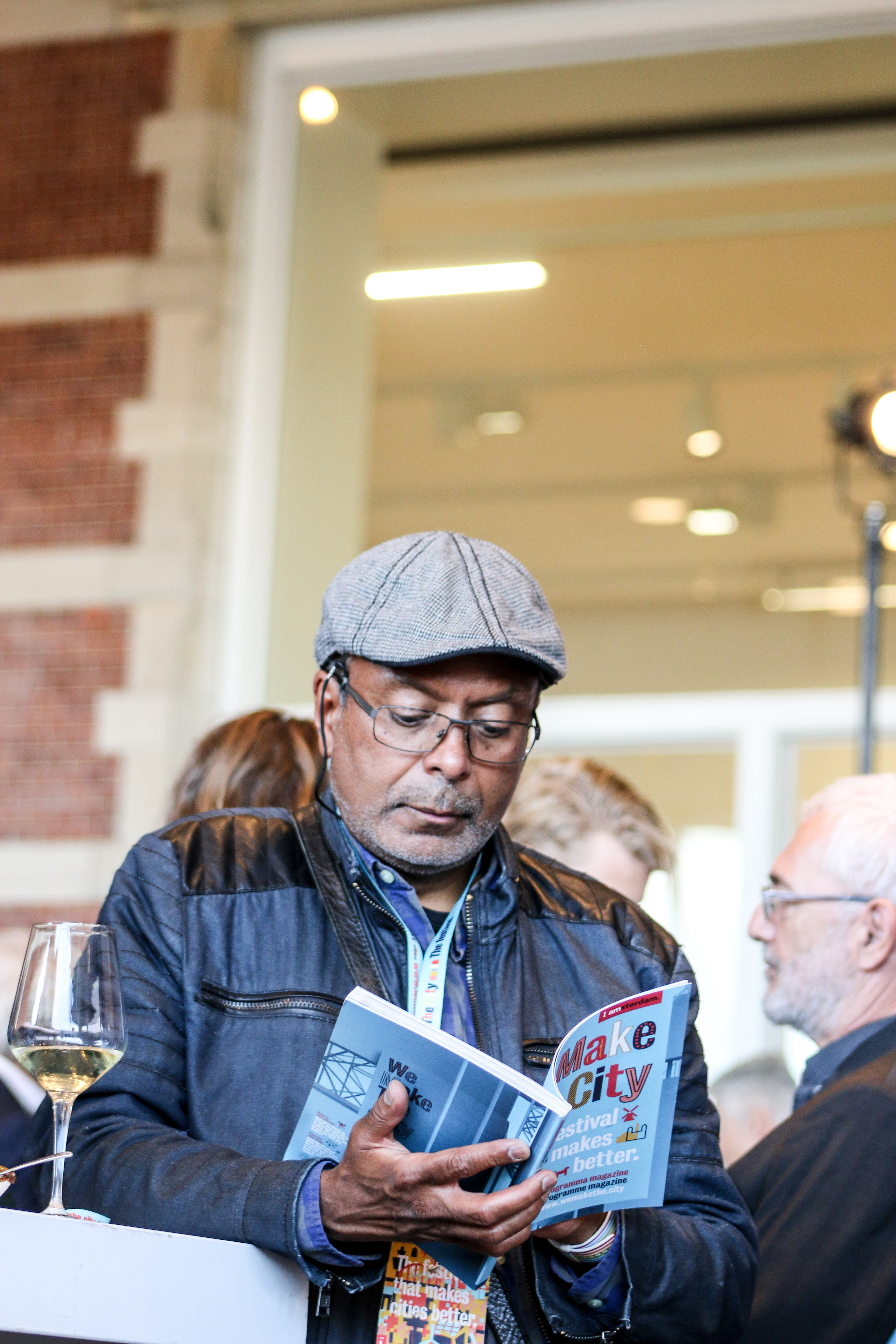
Foto: Esther van der Heijden -
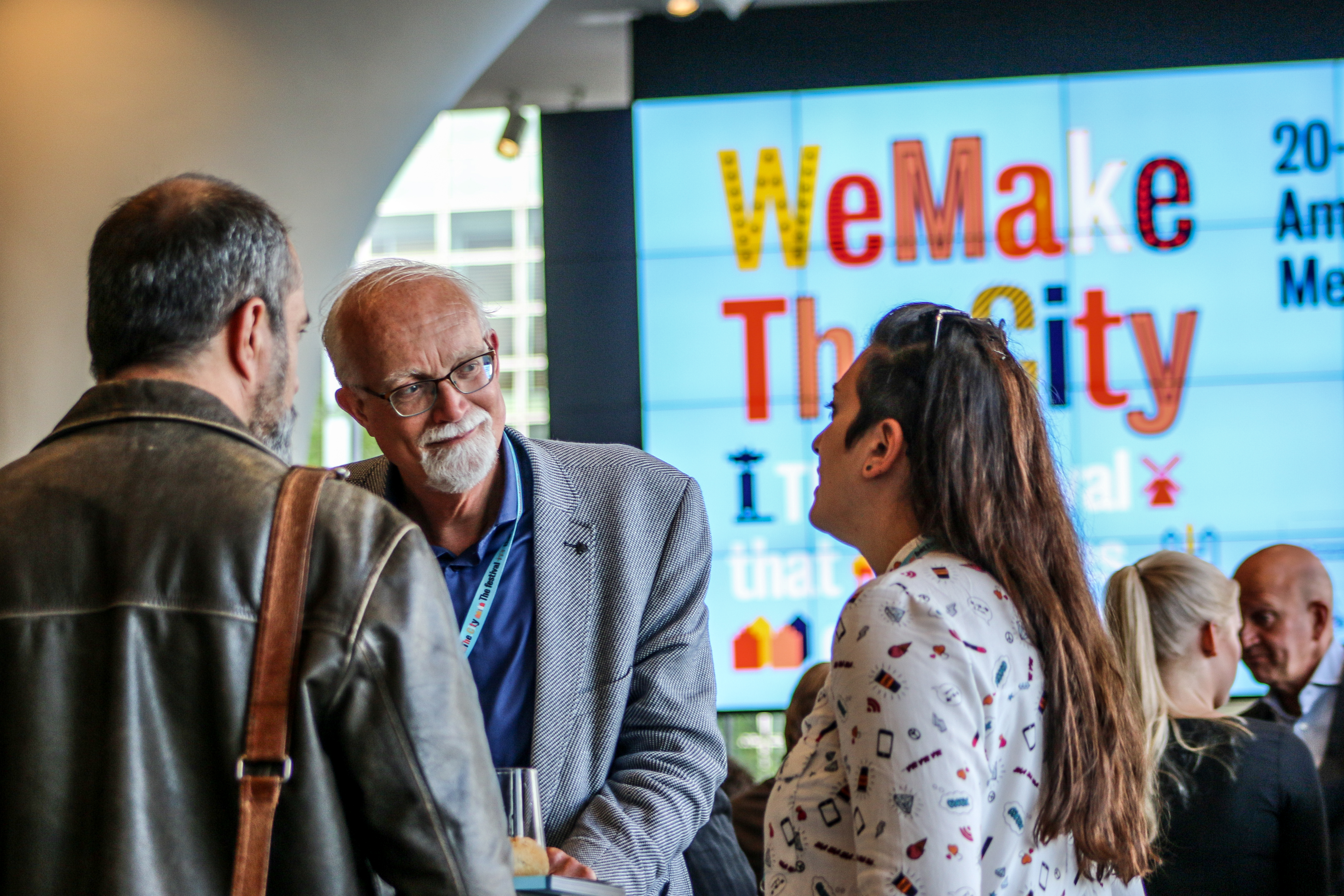
Foto: Esther van der Heijden -
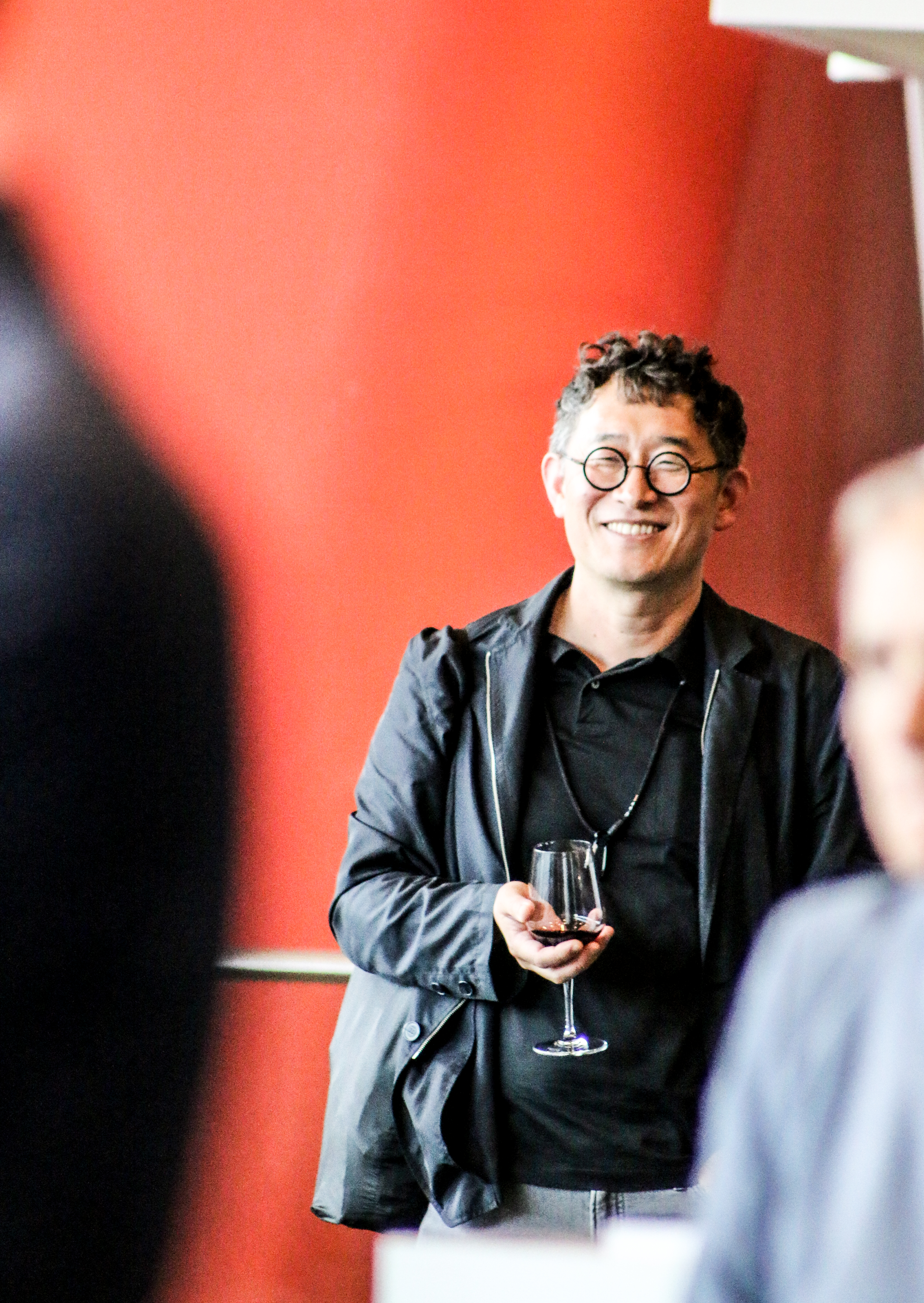
Foto: Esther van der Heijden -
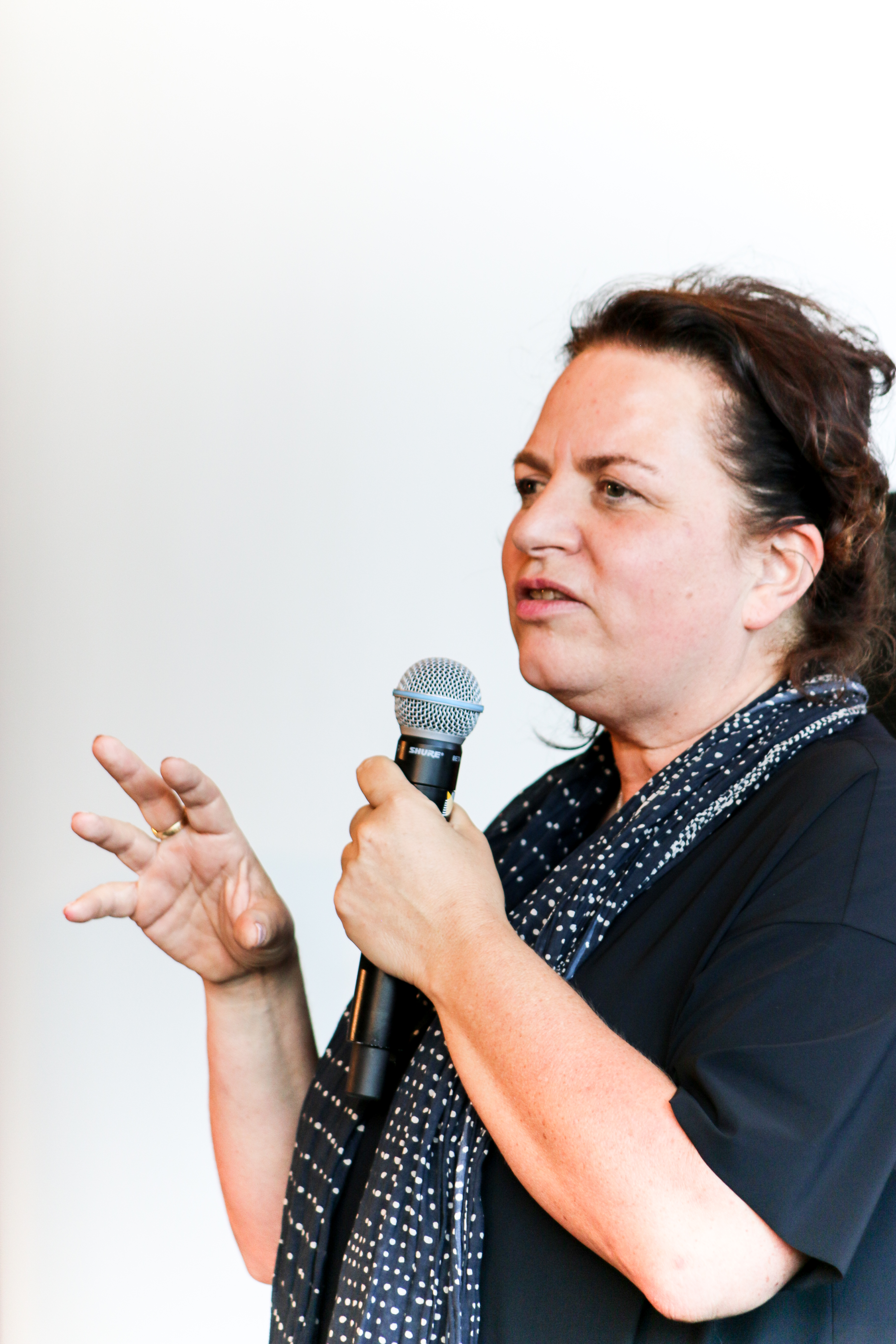
Marleen Stikker
Foto: Esther van der Heijden
-
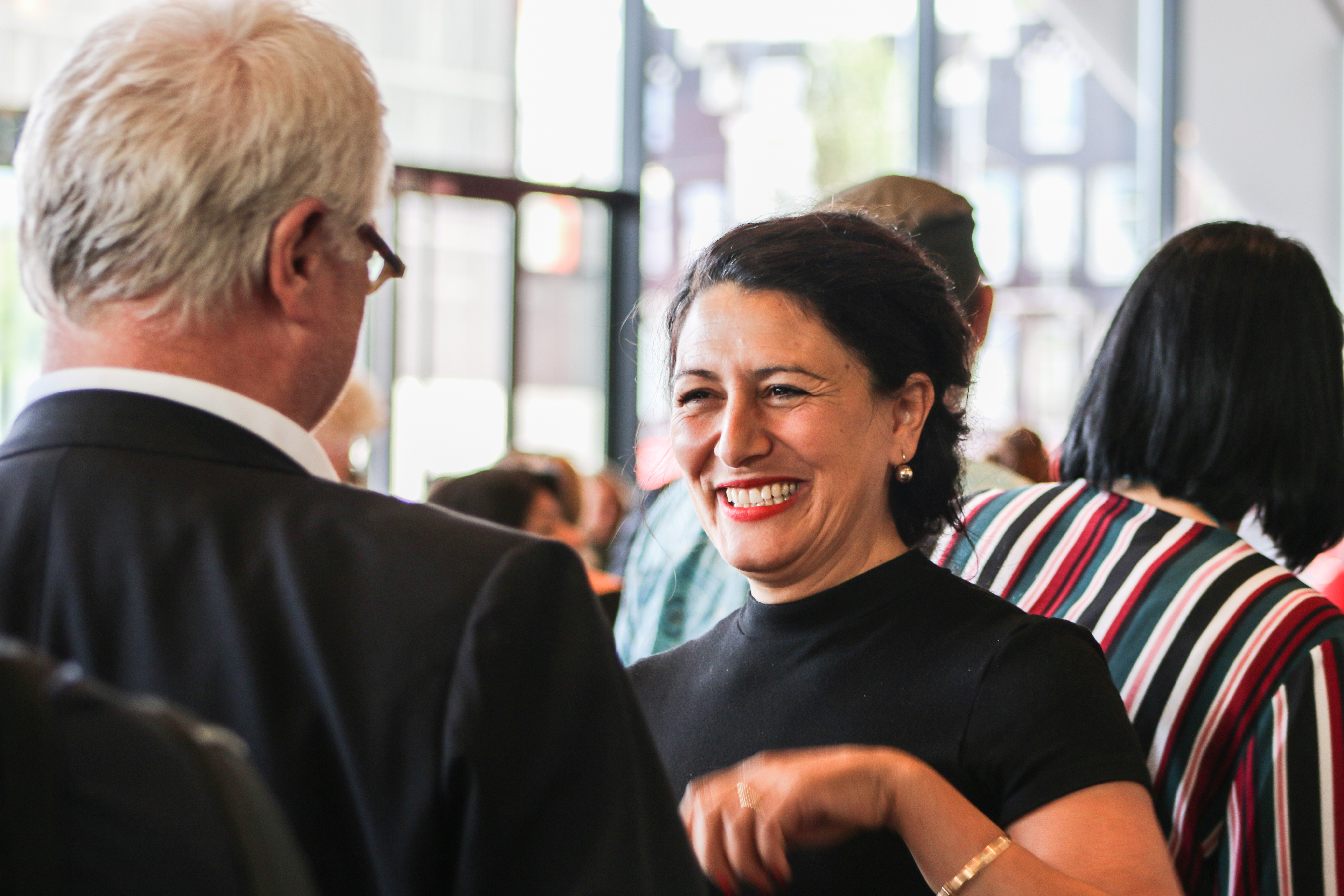
Foto: Esther van de Heijden -
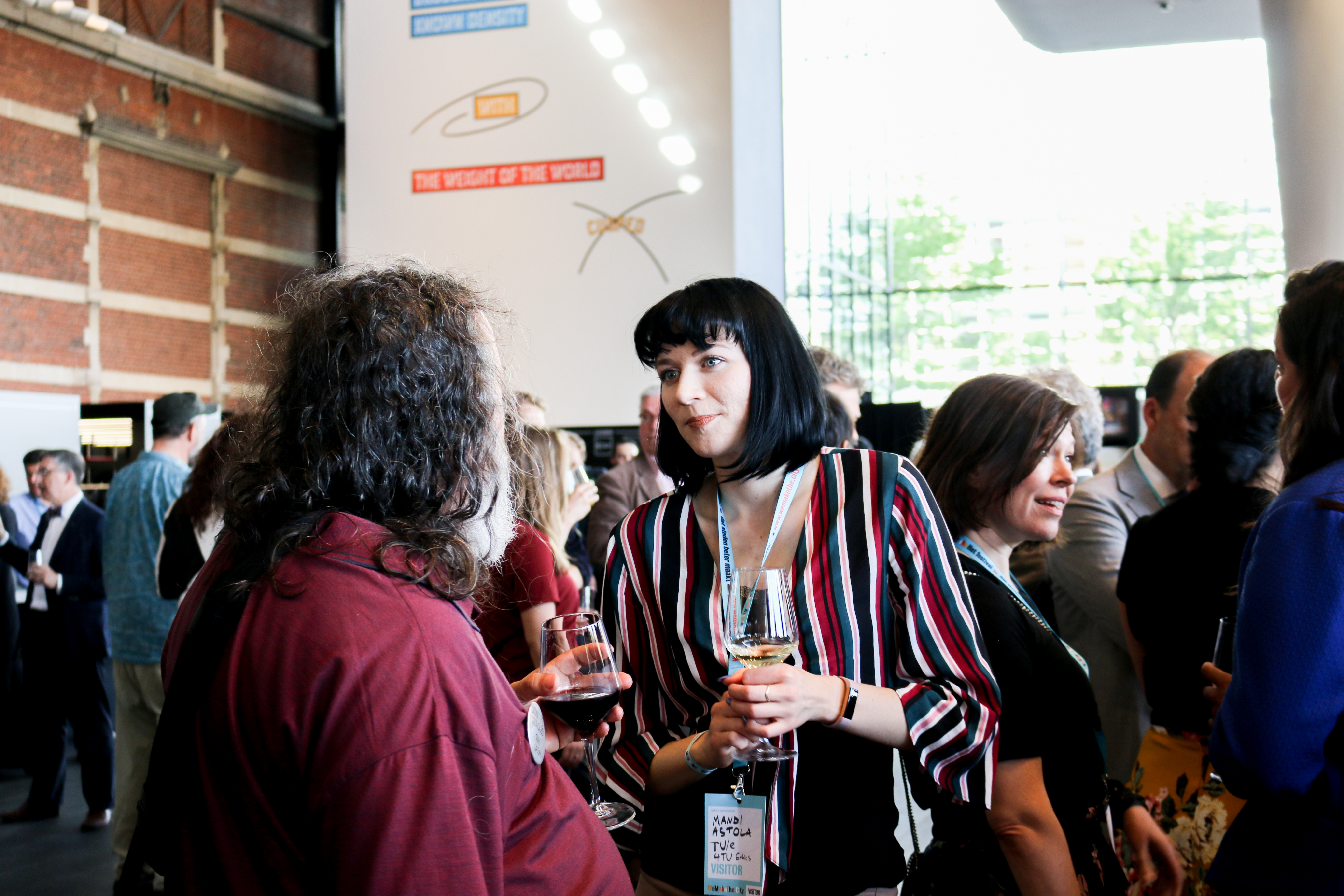
Foto: Esther van de Heijden
Innovation Tour
Amsterdam Smart City en Gemeente Amsterdam lanceerde op vrijdag de mobile app Innovation Tour Amsterdam die je meevoert langs alle innovatieve ontwikkelingen in de stad. Tijdens de lancering kwamen alvast een aantal technologische hoogstandjes voorbij.
-
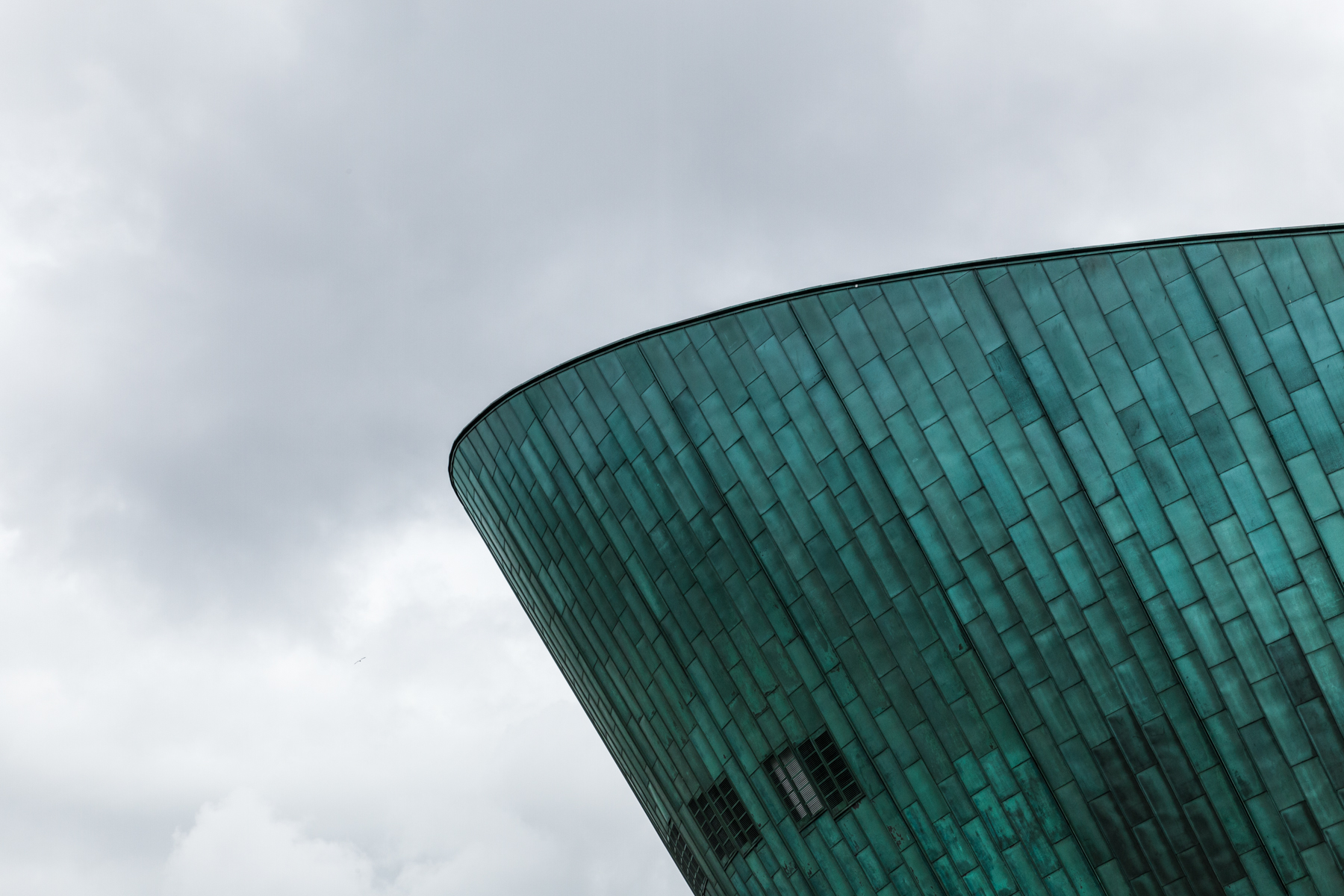
Foto: Jurre Rompa -
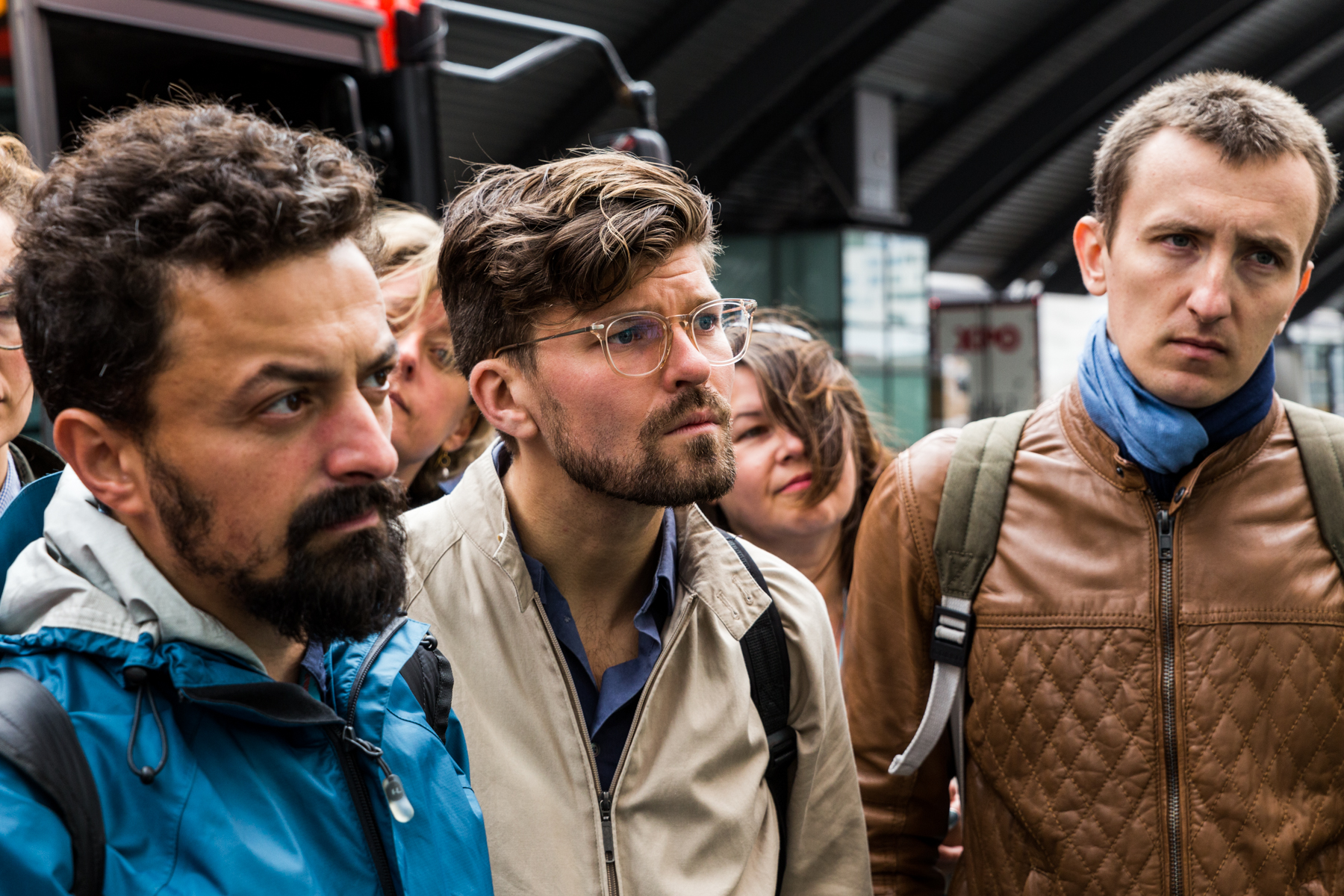
Foto: Jurre Rompa -
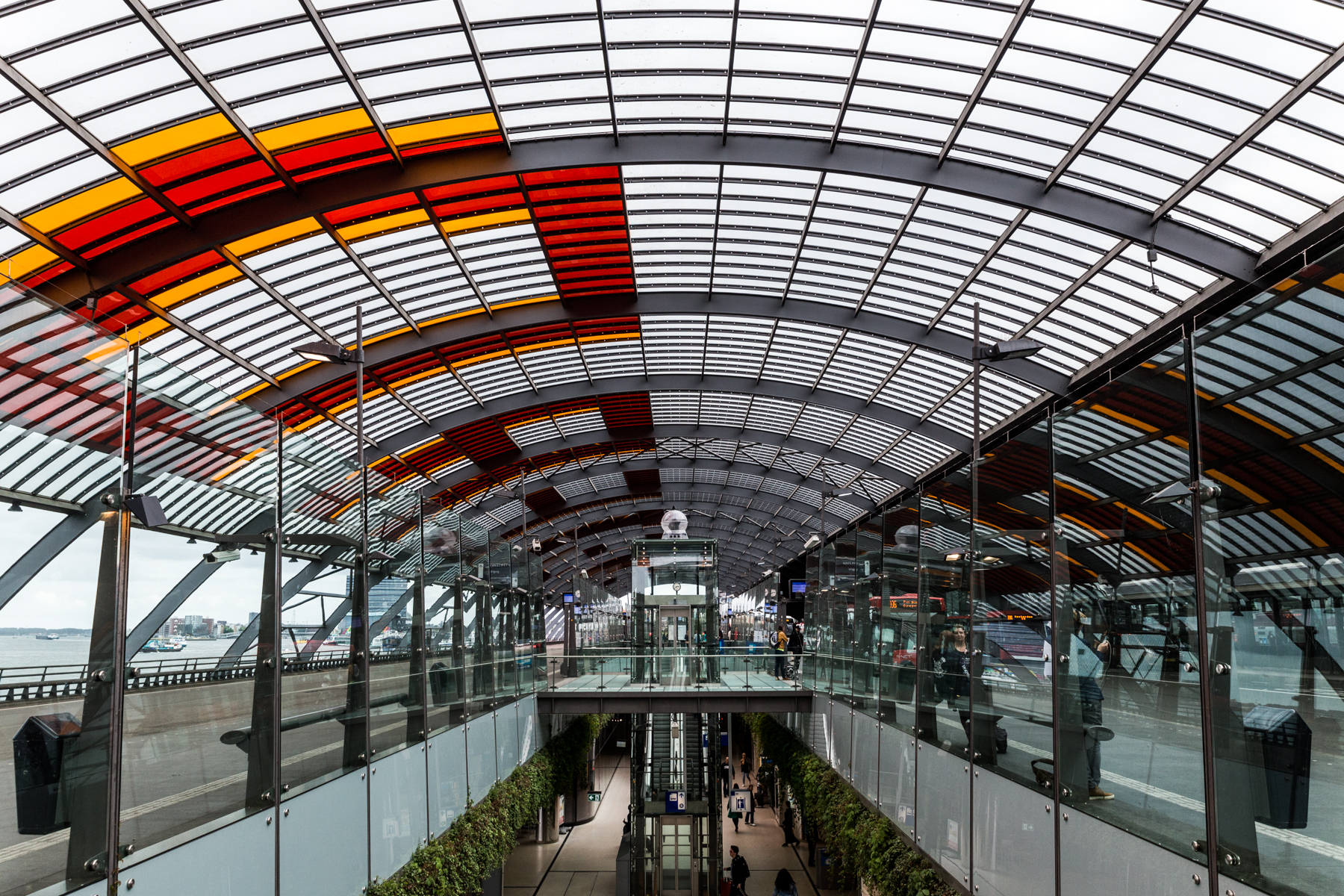
Foto: Jurre Rompa
-
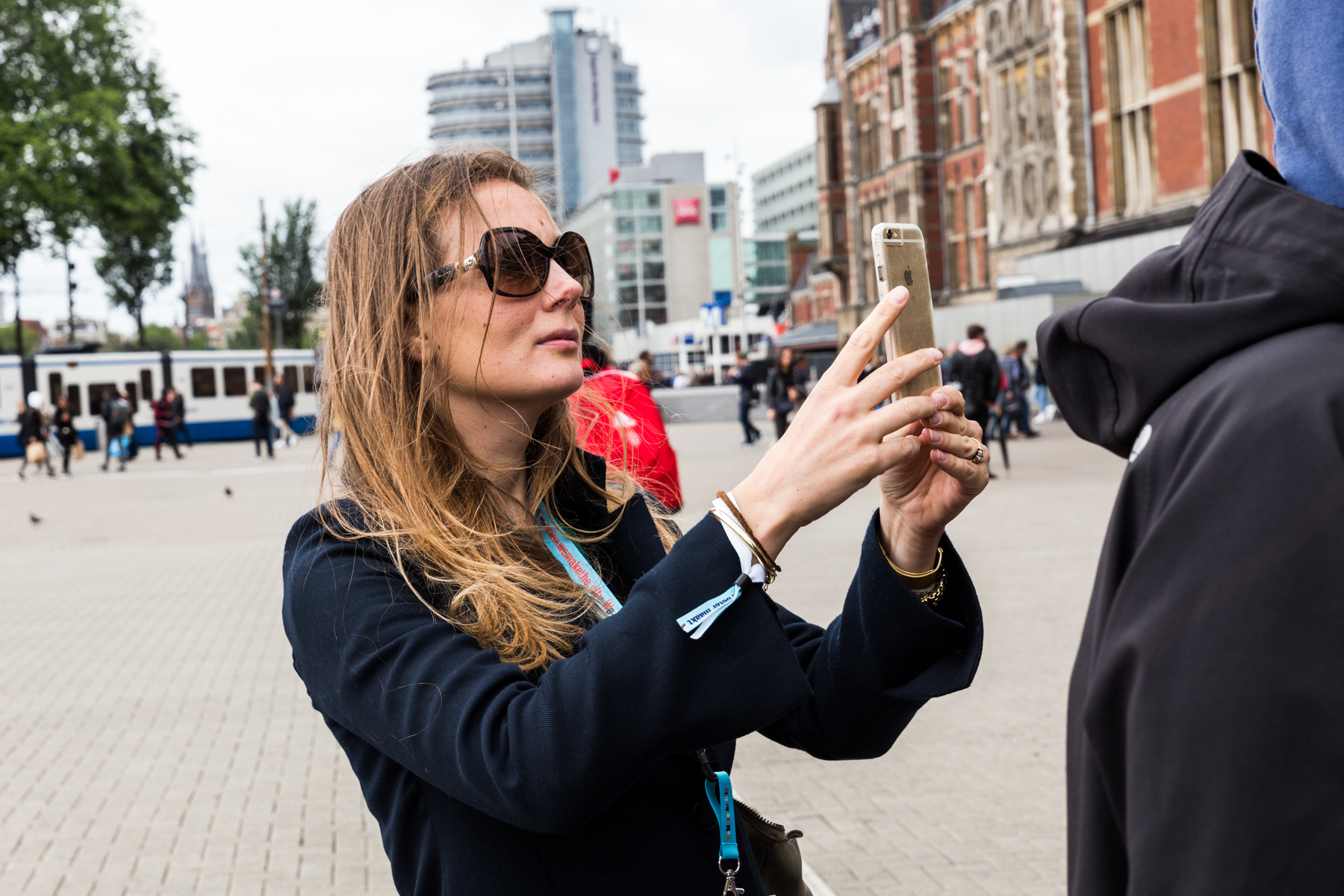
Foto: Jurre Rompa
Pay Attention Please!
Op vrijdag werd de kunstmanifestatie Pay Attention Please! geopend op de Zuidas door de nieuwe wethouder Touria Meliani. Elf toonaangevende Amsterdamse kunstinstellingen tonen de rijkdom van de publieke ruimte tijdens deze manifestatie georganiseerd door Public Art Amsterdam.
-
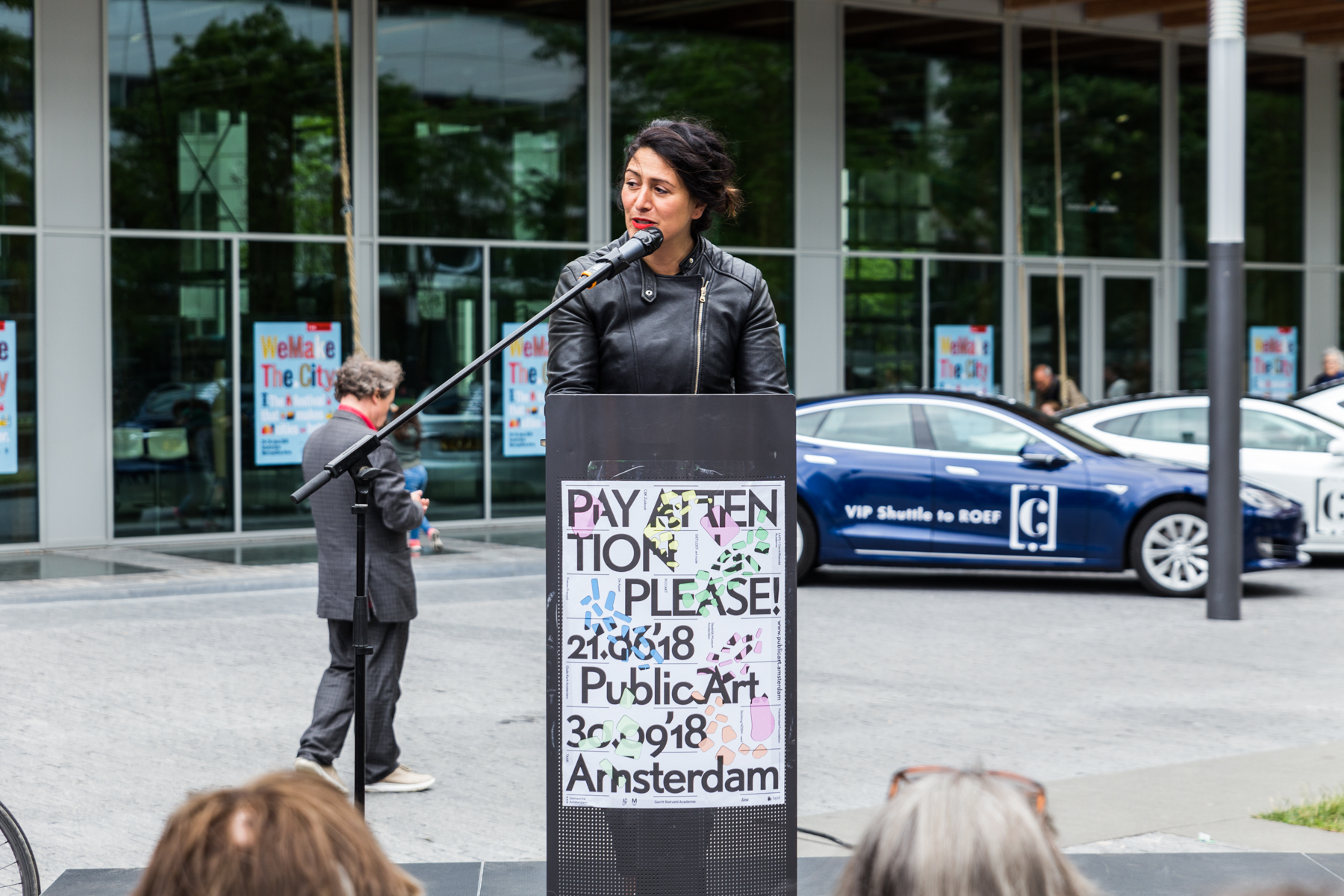
Touria Meliani
Foto: Jurre Rompa -
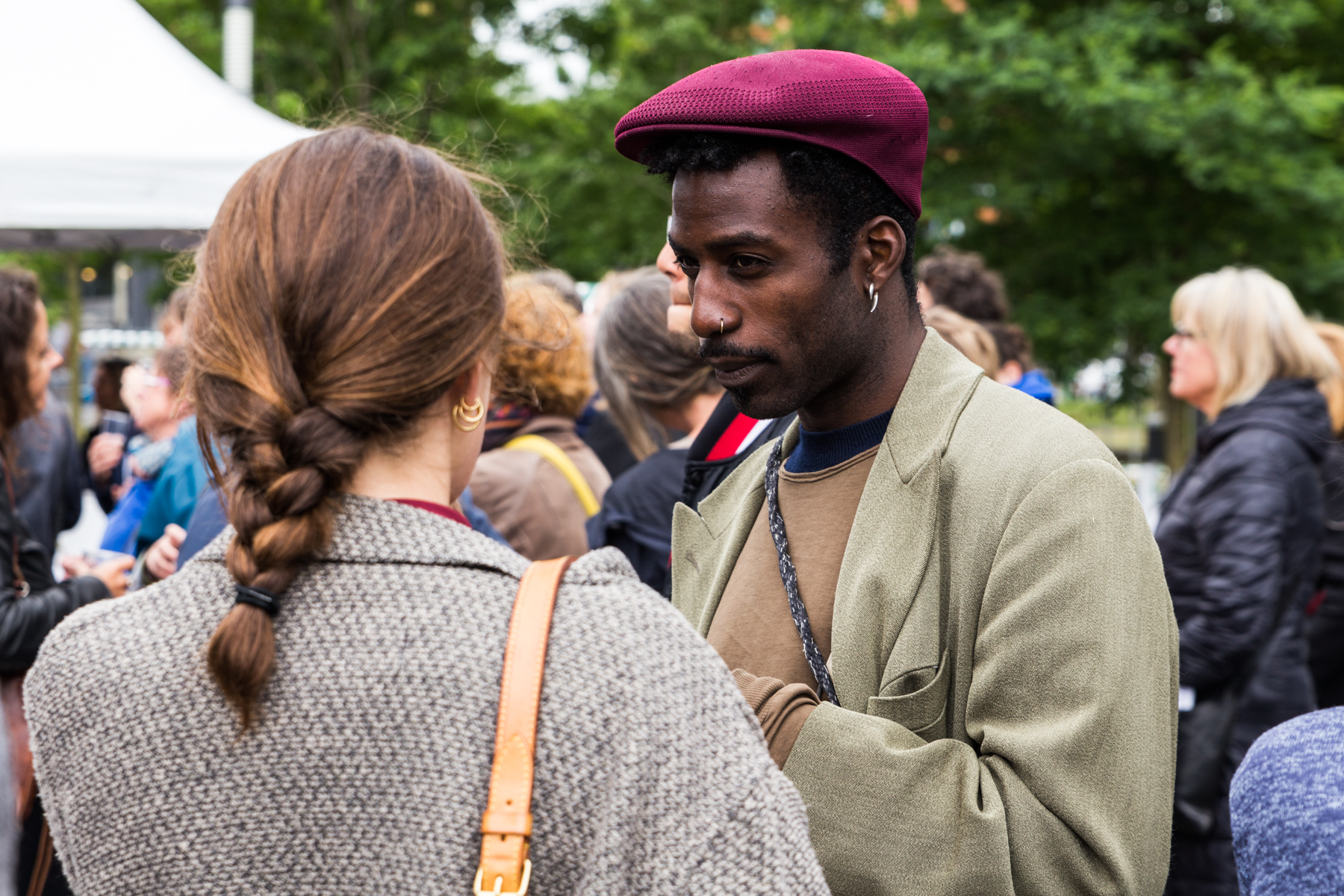
Shamiro van der Geld
Foto: Jurre Rompa
Wasteland
Vrijdagavond vond de opening van de bijzondere kunstinstallatie ‘Wasteland’ van Kadir van Lohuizen plaats. De kunstenaar bracht de afvalstromen van vijf wereldsteden in beeld en ook die van zijn eigen stad Amsterdam. Het resultaat is nu te zien op naast Eye Filmmuseum op Overhoeks in Amsterdam-Noord. De tentoonstelling is nog te zien tot en met september.
-
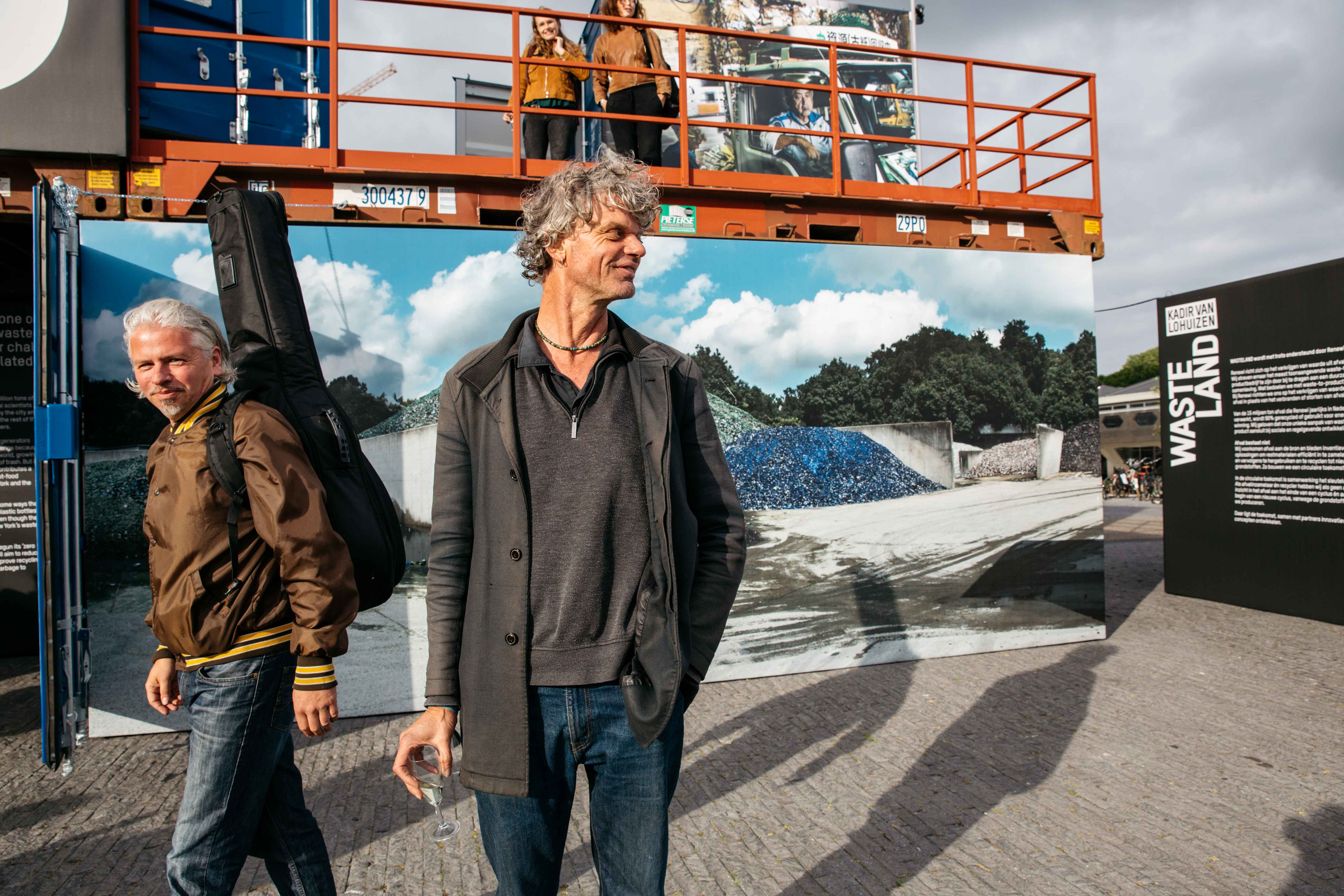
Kadir van Lohuizen
Foto: Iris Duvekot
-
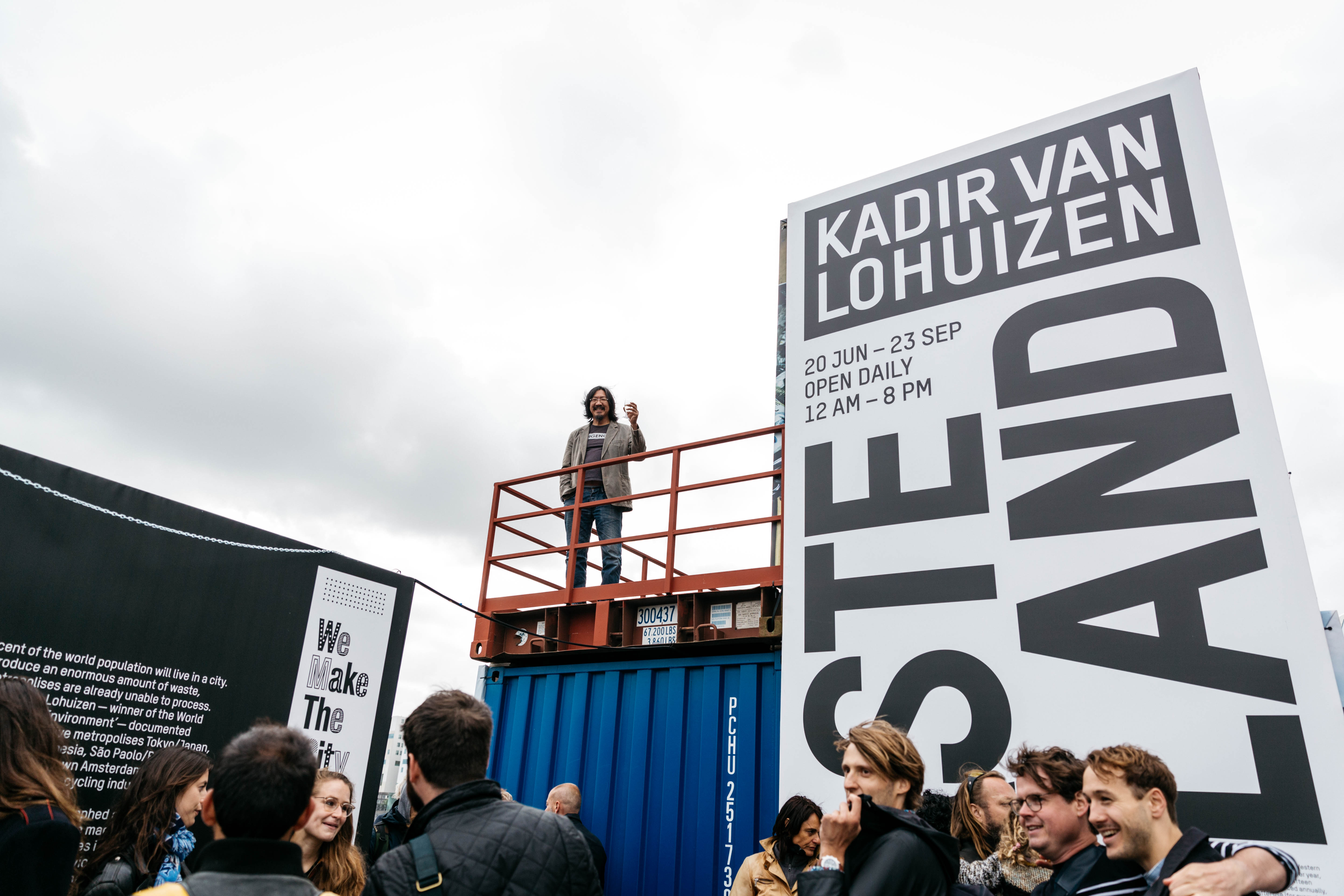
Foto: Iris Duvekot -
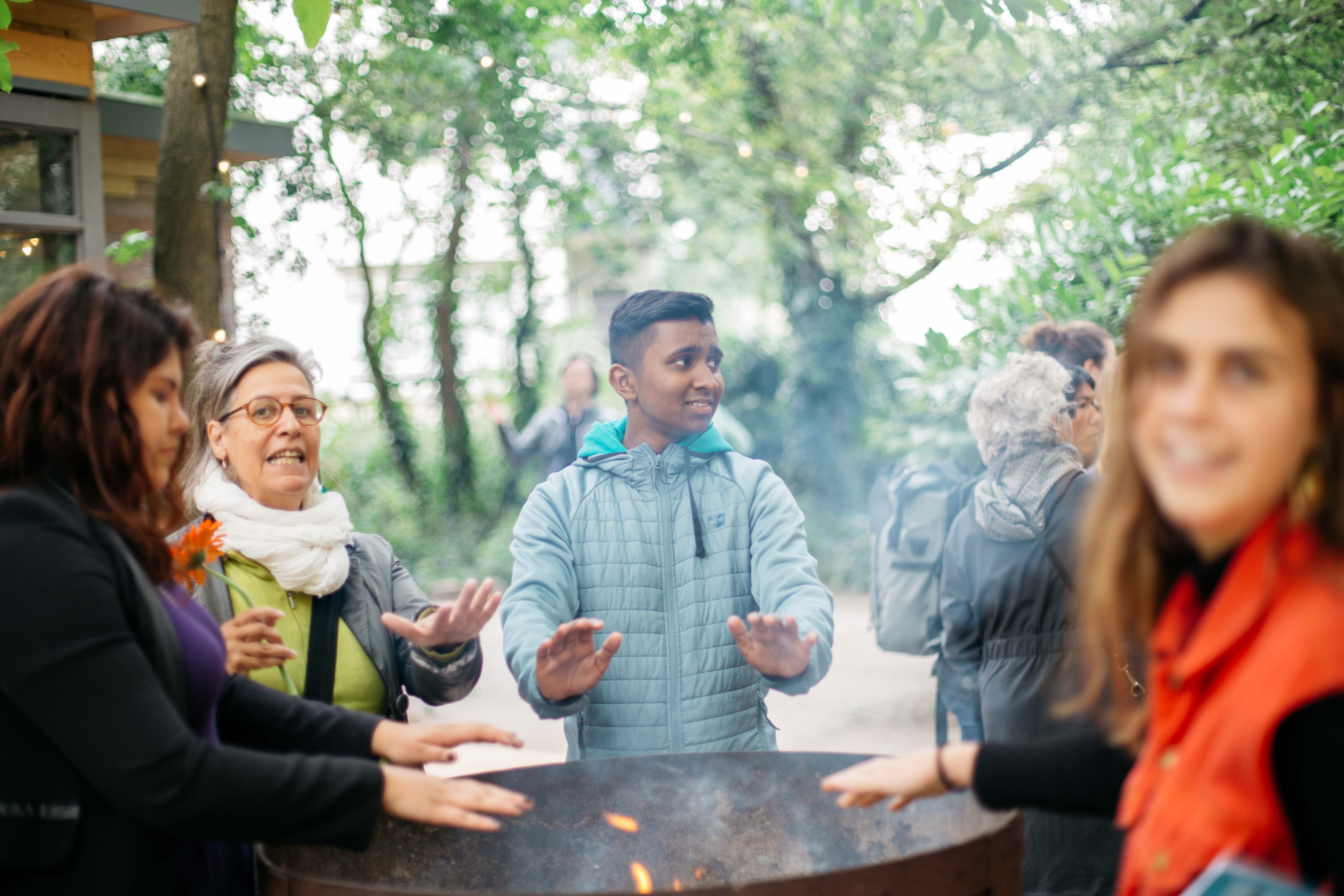
Foto: Iris Duvekot
Close to Reality
Tijdens de expositie ‘Close to Reality’ werden vijftig maquettes getoond. Er waren maquettes van regionale schaal tot gebouwniveau, en van concept tot definitief ontwerp van stedelijke architectuur en openbare ruimte. De tentoonstelling was een wereld in het klein die hielp om inzicht te geven in hoe de stad en Metropoolregio Amsterdam er in de toekomst uit gaan zien. ‘Close to Reality’ is nog tot en met 1 juli te bezoeken in de Zuiderkerk.
-
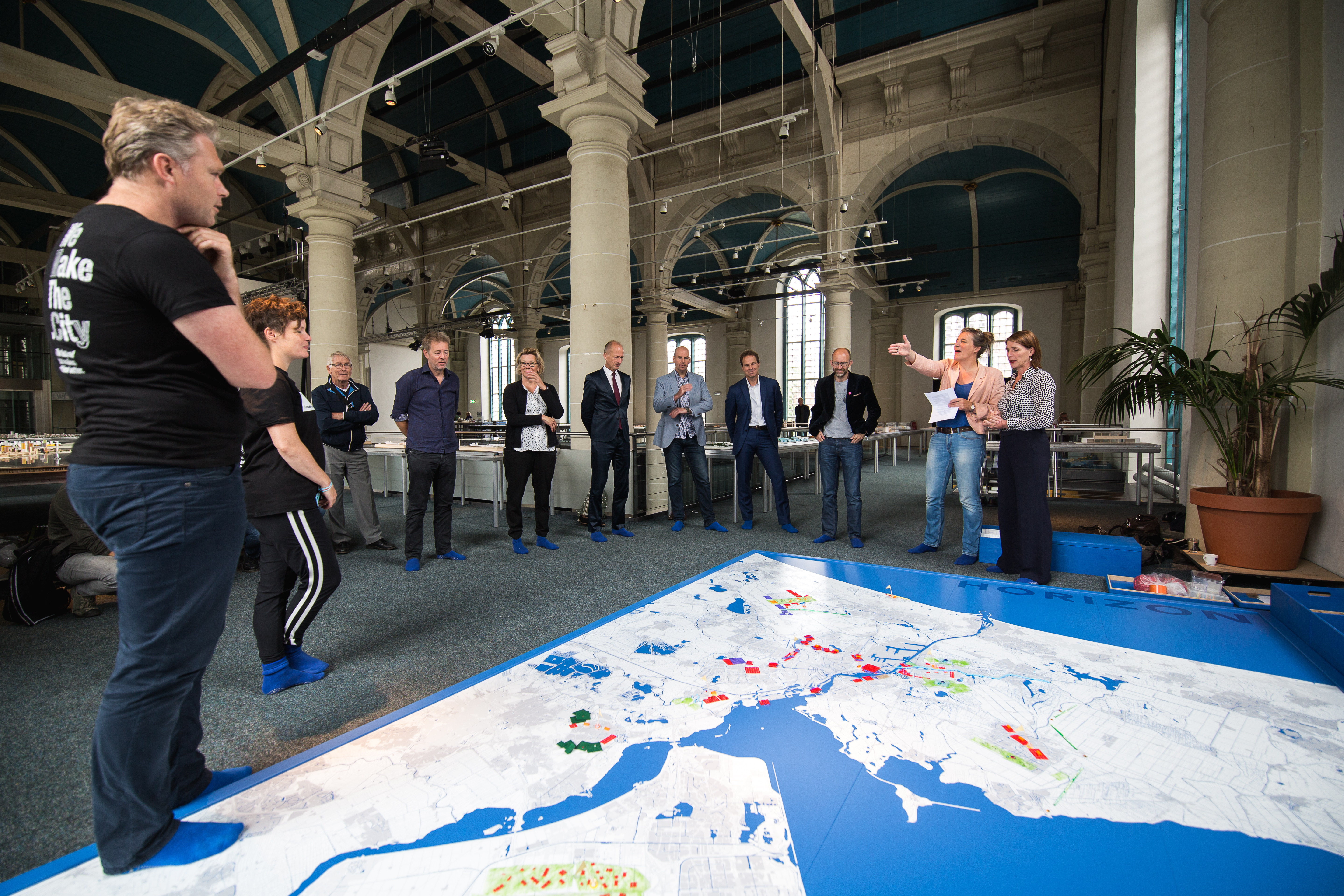
Foto: Maarten Nauw -
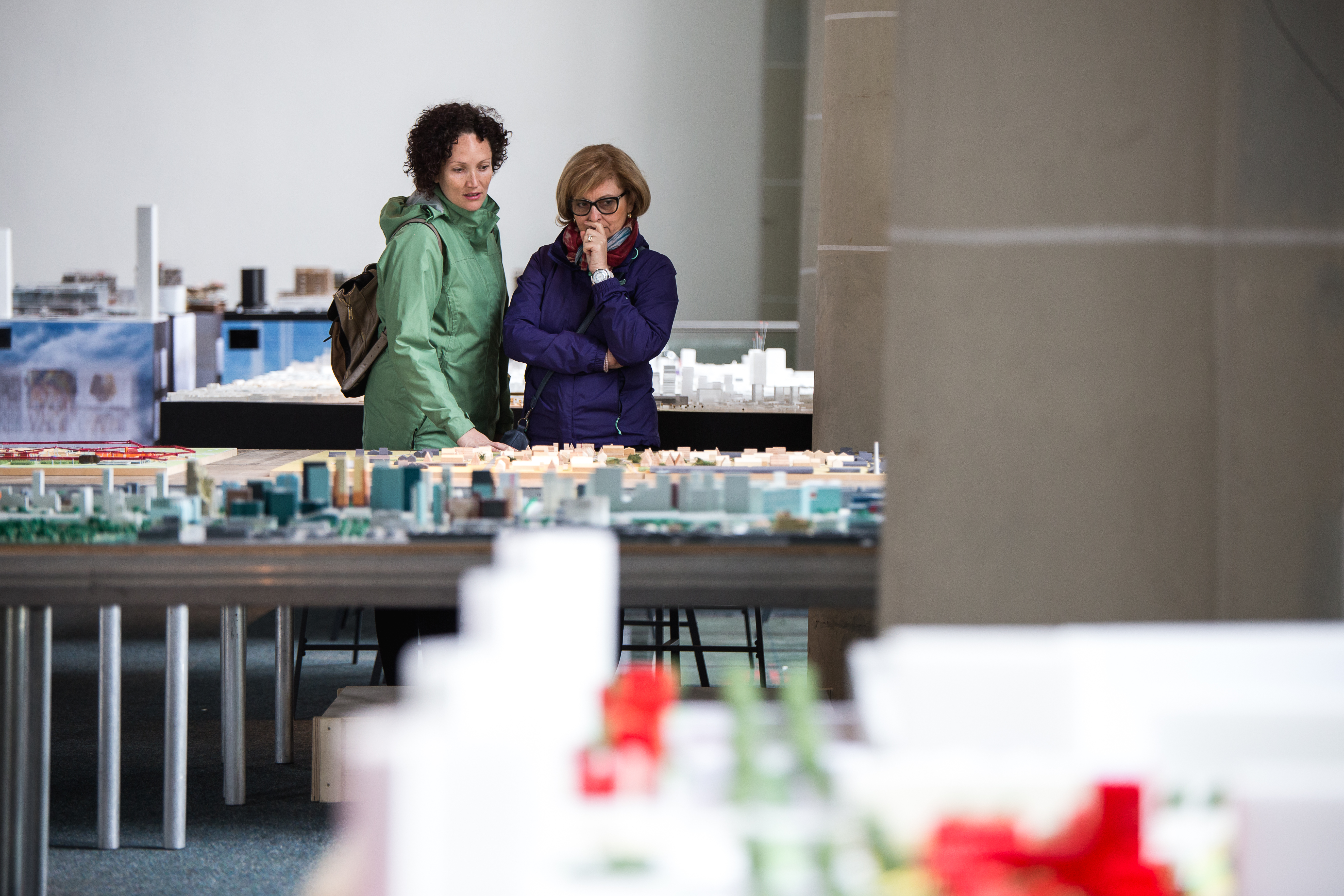
Foto: Maarten Nauw
We Feed The City
Op zaterdag en zondag vond het food festival We Feed The City plaats in de binnentuinen van het Koninklijk Instituut voor de Tropen. Hier waren de lekkerste lokale, duurzame en exotische heerlijkheden van lokale smaakmakers te proeven.
-
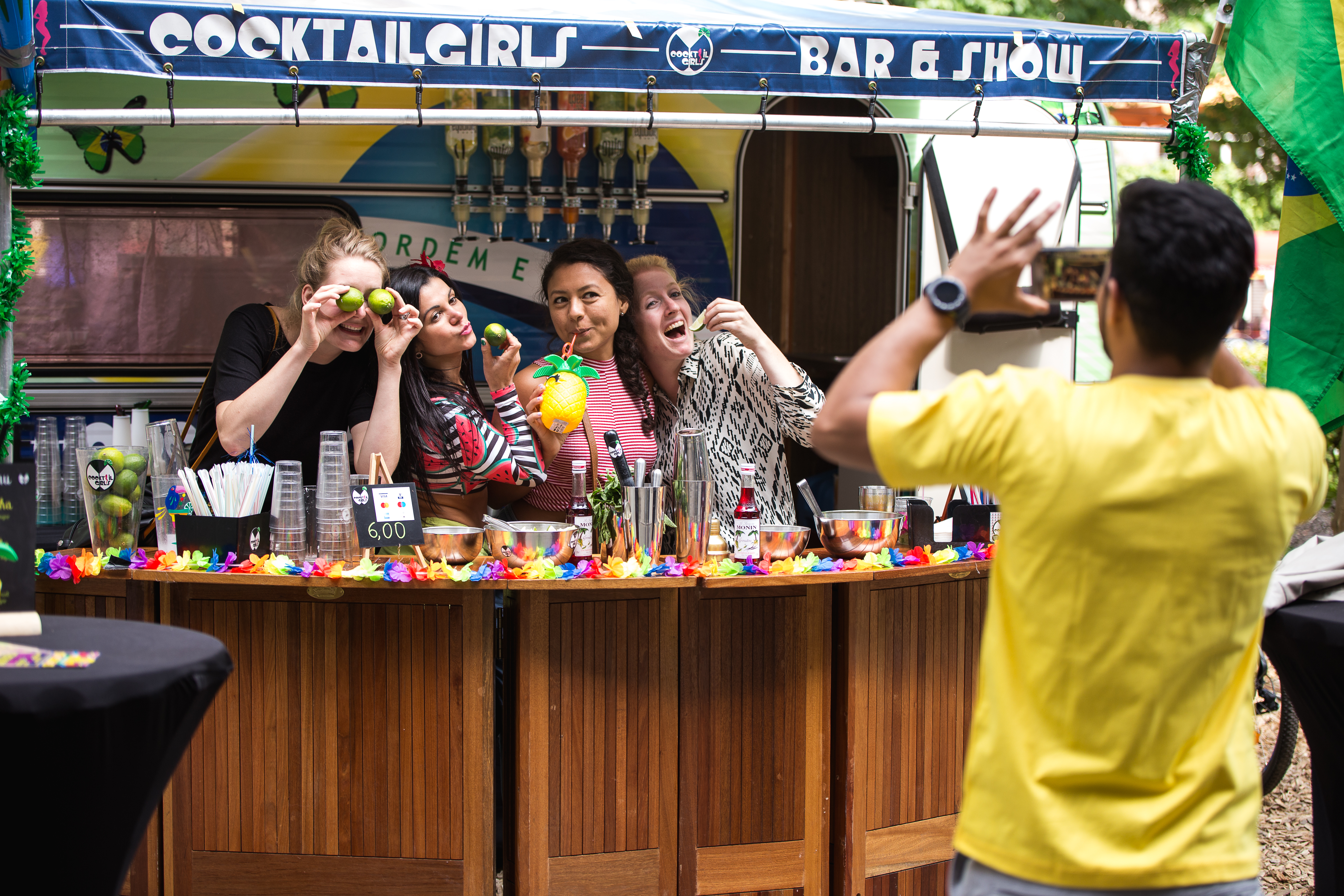
Foto: Maarten Nauw
CryptoFood in Ferrotopia
Atelier van Lieshout organiseerde in de kunstinstallatie Ferrotopia het programma CryptoFood. Kunstenaar Joep van Lieshout werd bijgestaan door chefkok Derk Jan Woolrink in een primitief laboratorium waar ze experimenteerden met het eten van de toekomst.
-
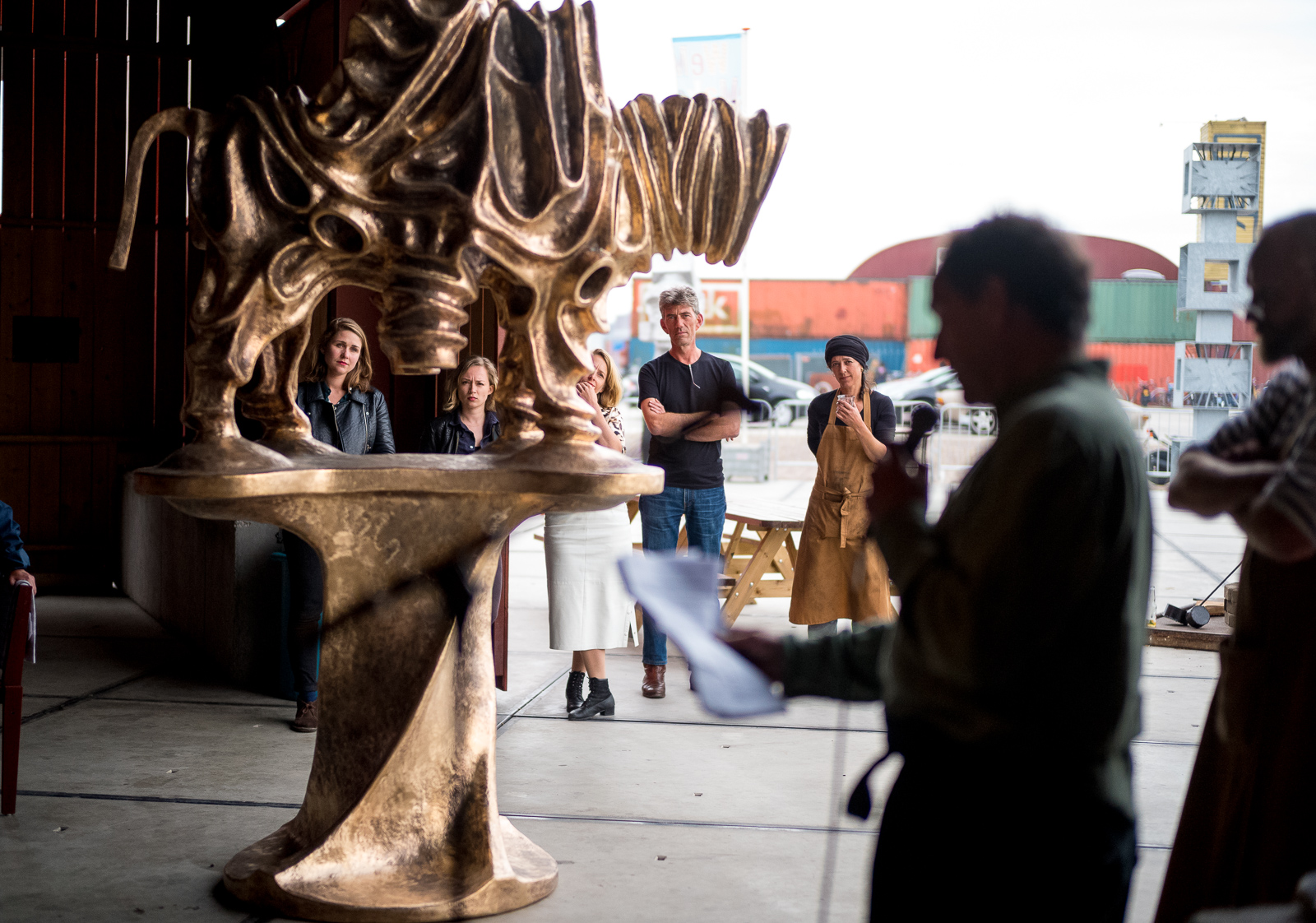
Foto: Vincent van Kleef -
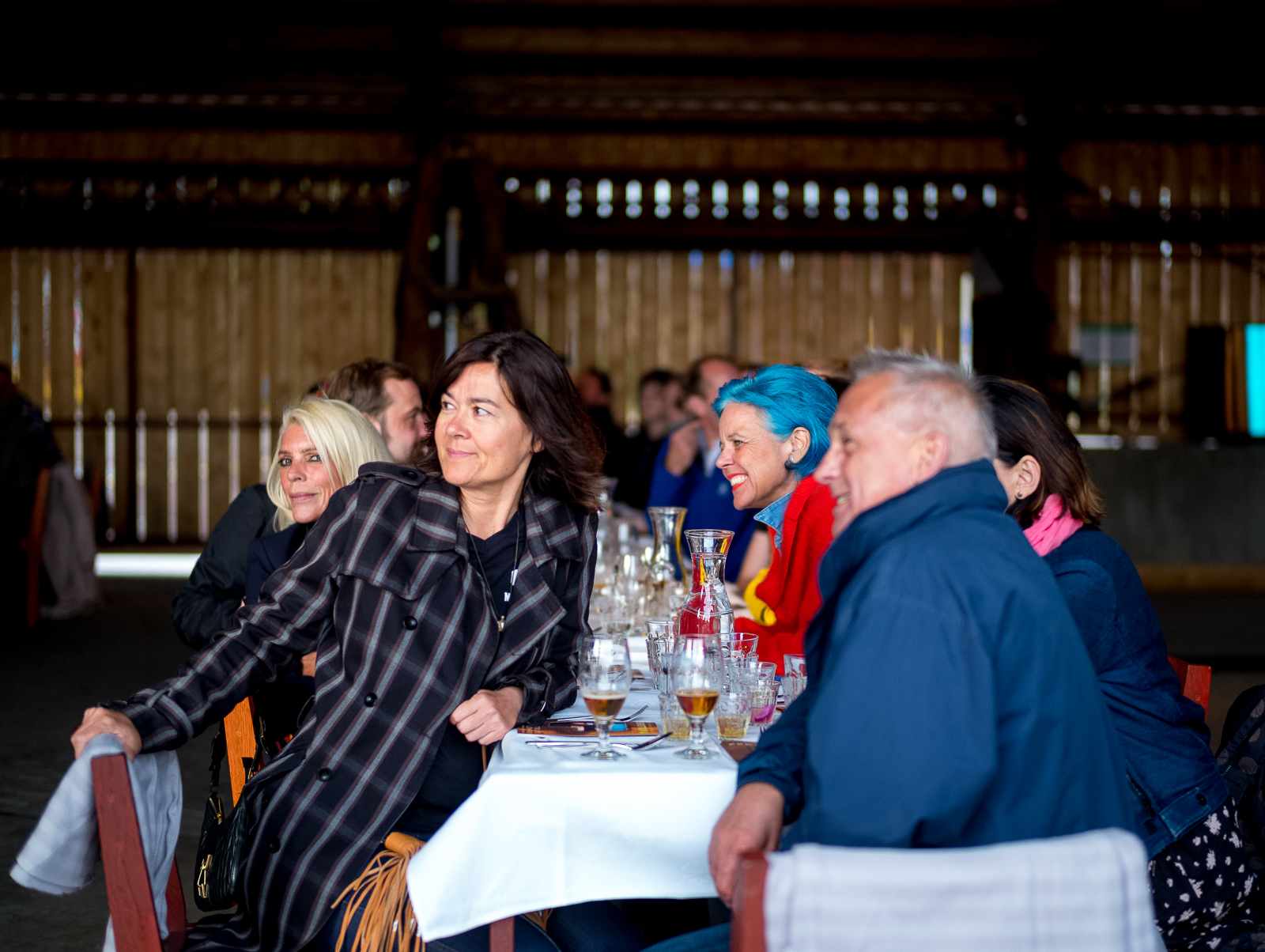
Foto: Vincent van Kleef
-
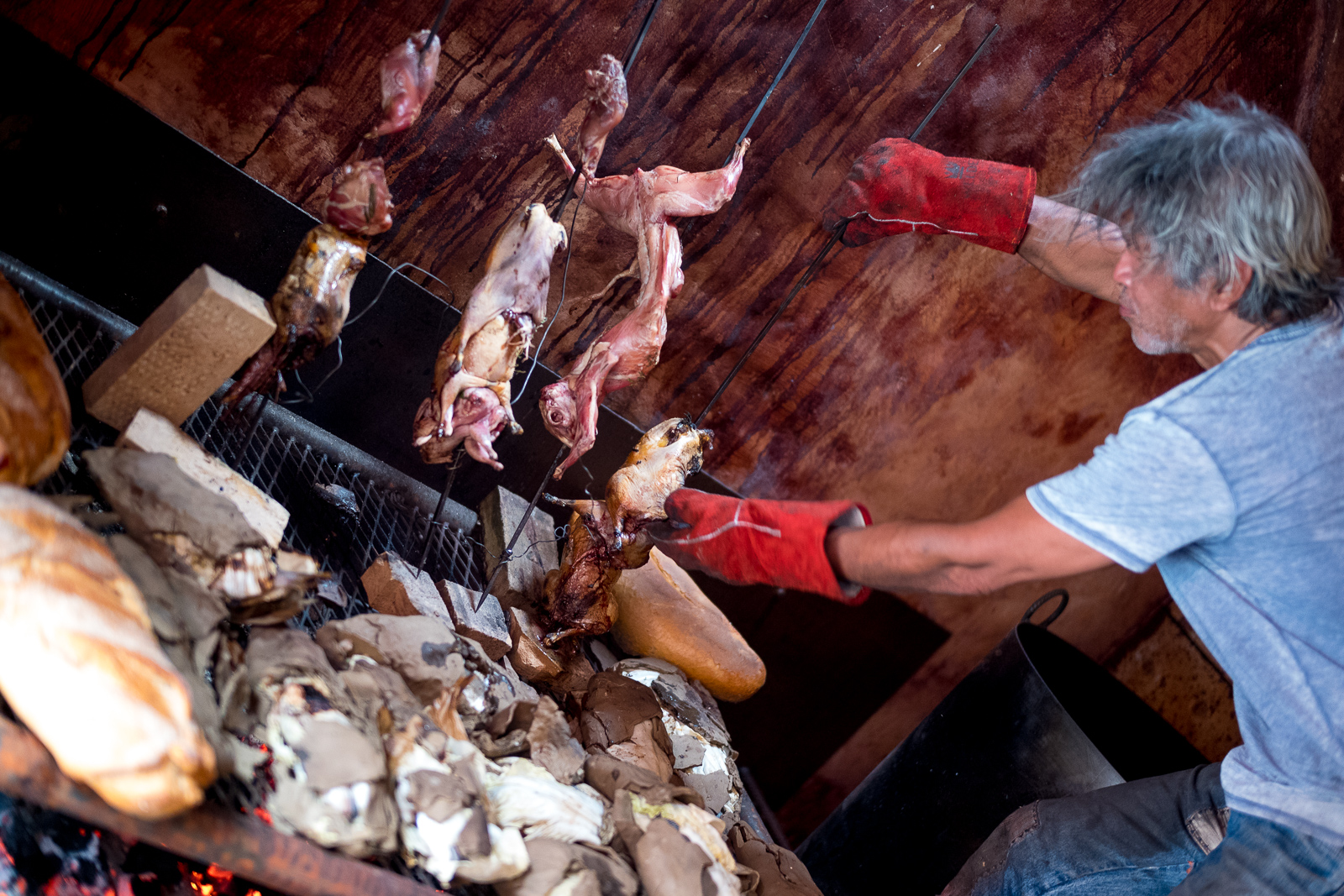
Foto: Vincent van Kleef
Fruittuin van West
In de Fruittuin van West viel er eigenlijk elke dag iets te beleven. Zo kon je leren over bijen, zaadbommen maken, bloemetjes plukken, tuinieren en verse groente en fruit proeven. ’s Avonds kon je naar ‘Missie zkt. Massa’, een bijzondere theatervoorstelling over de kloof tussen ideaal en werkelijkheid.
-
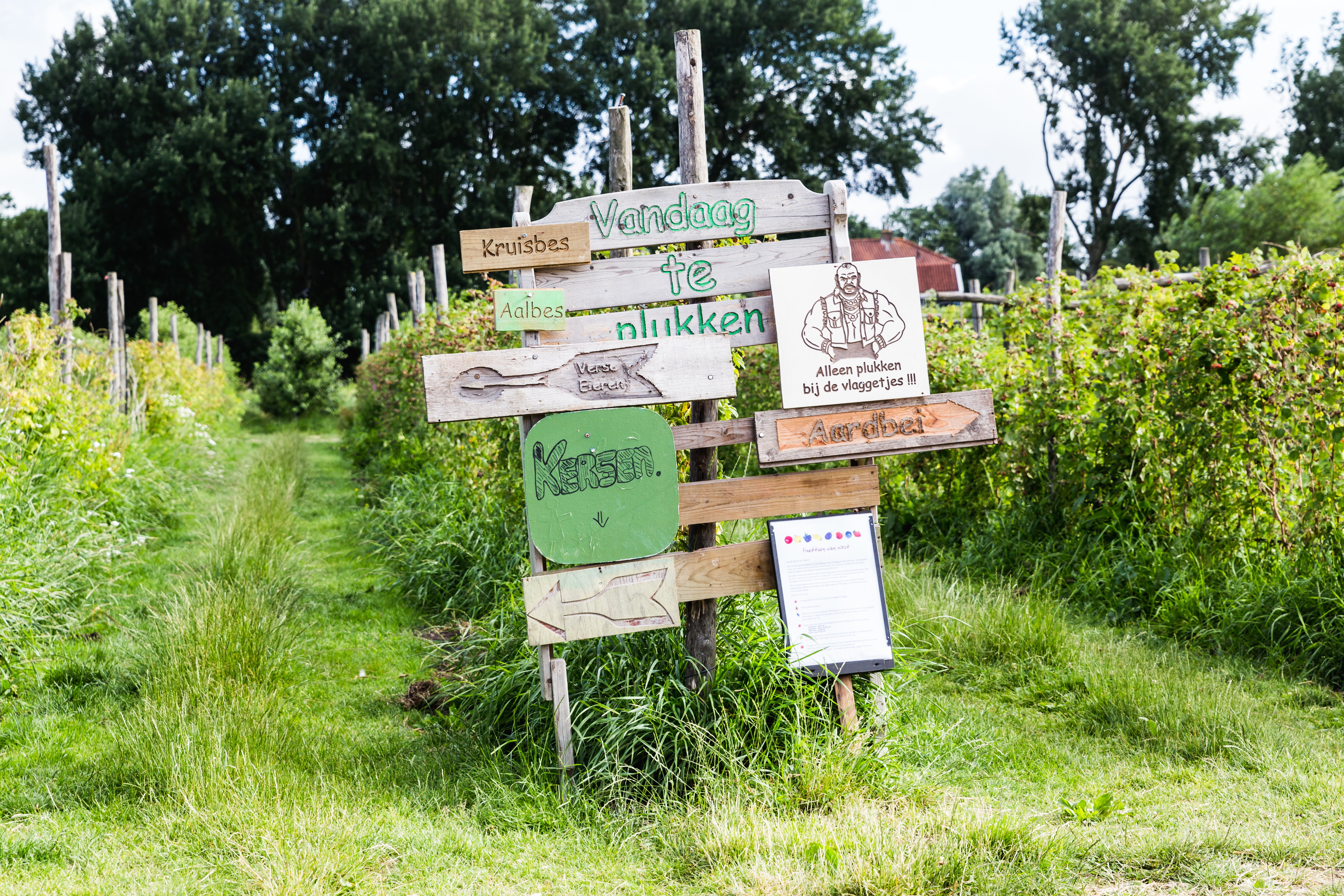
Foto: Jurre Rompa -
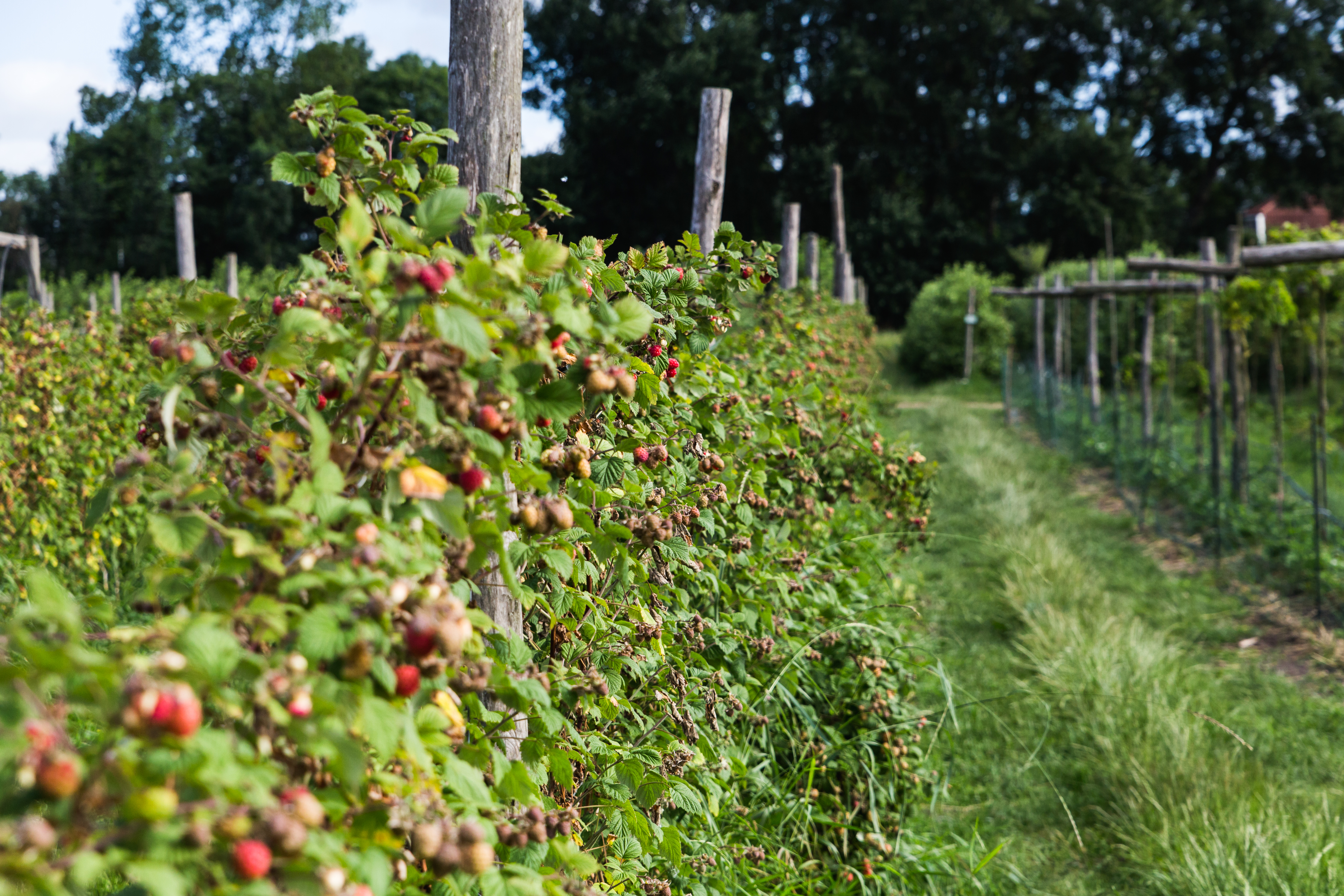
Foto: Jurre Rompa
-
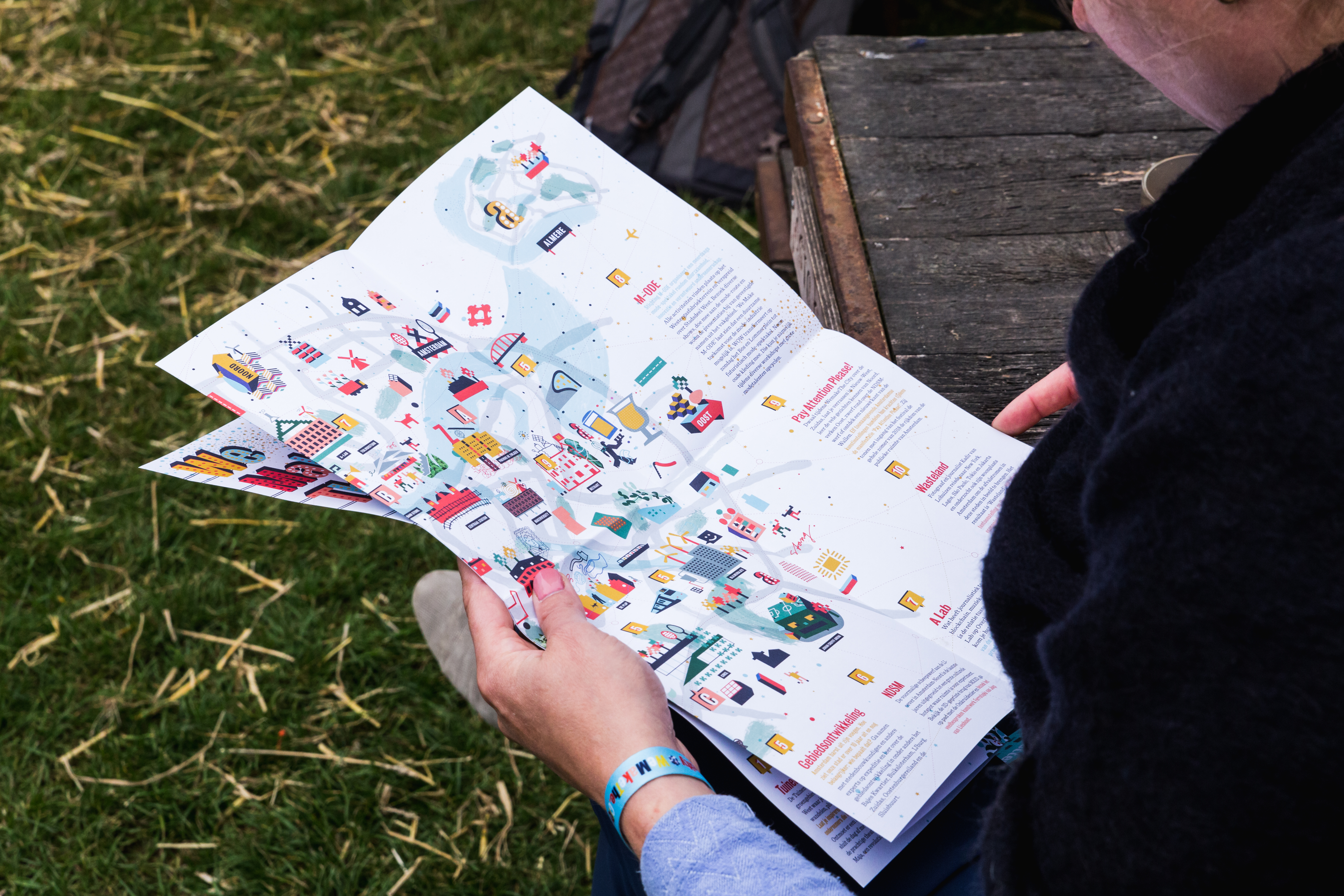
Foto: Jurre Rompa -
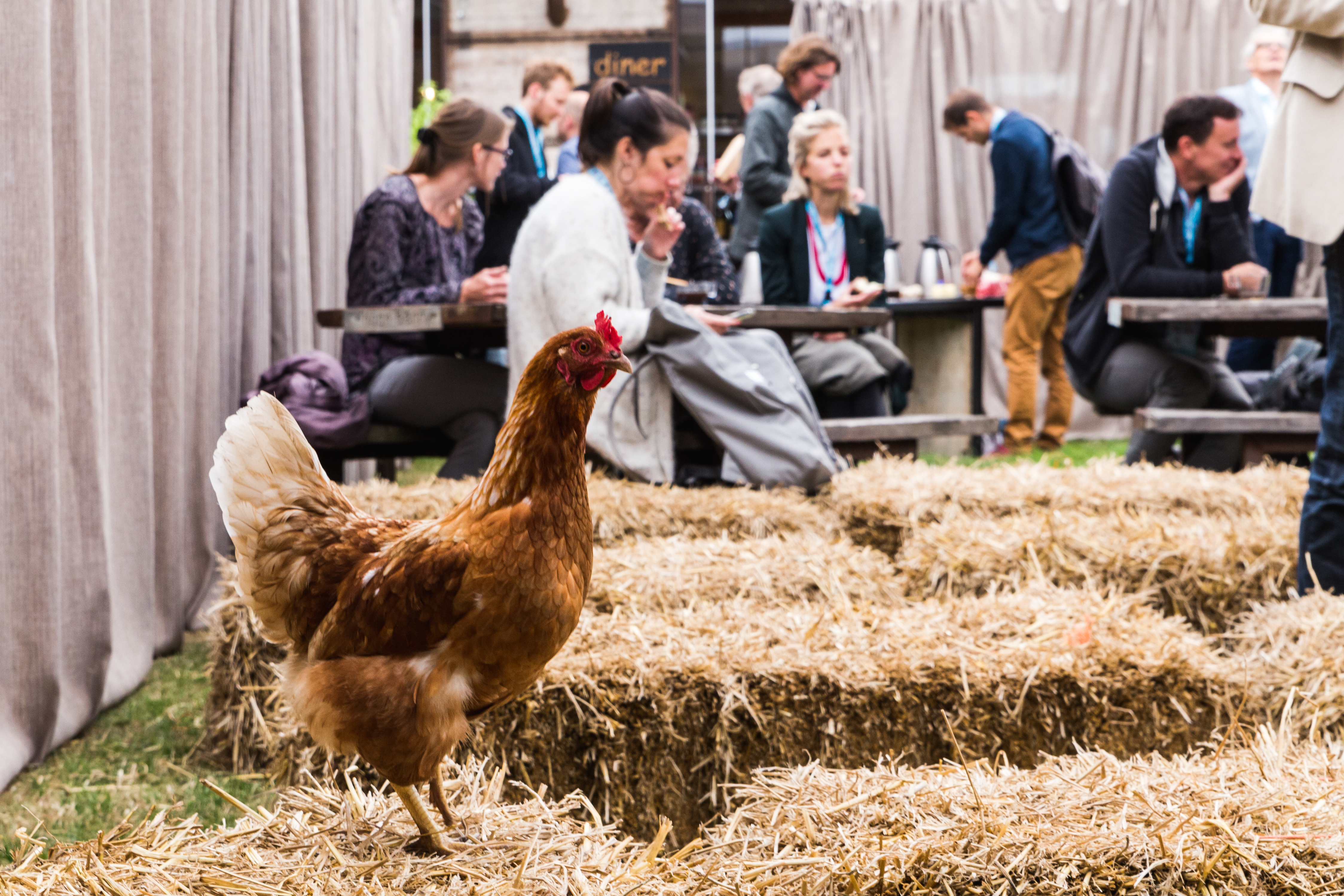
Foto: Jurre Rompa
WOW Fashion Inside Out
Op zondag transformeerde WOW Amsterdam het Bos en Lommerplein tot futuristisch mode-spektakel. Daar kon je ter plekke je oude kleding upcyclen door er tote bags van te maken en deelnemen aan workshops met grote modetalenten.
-
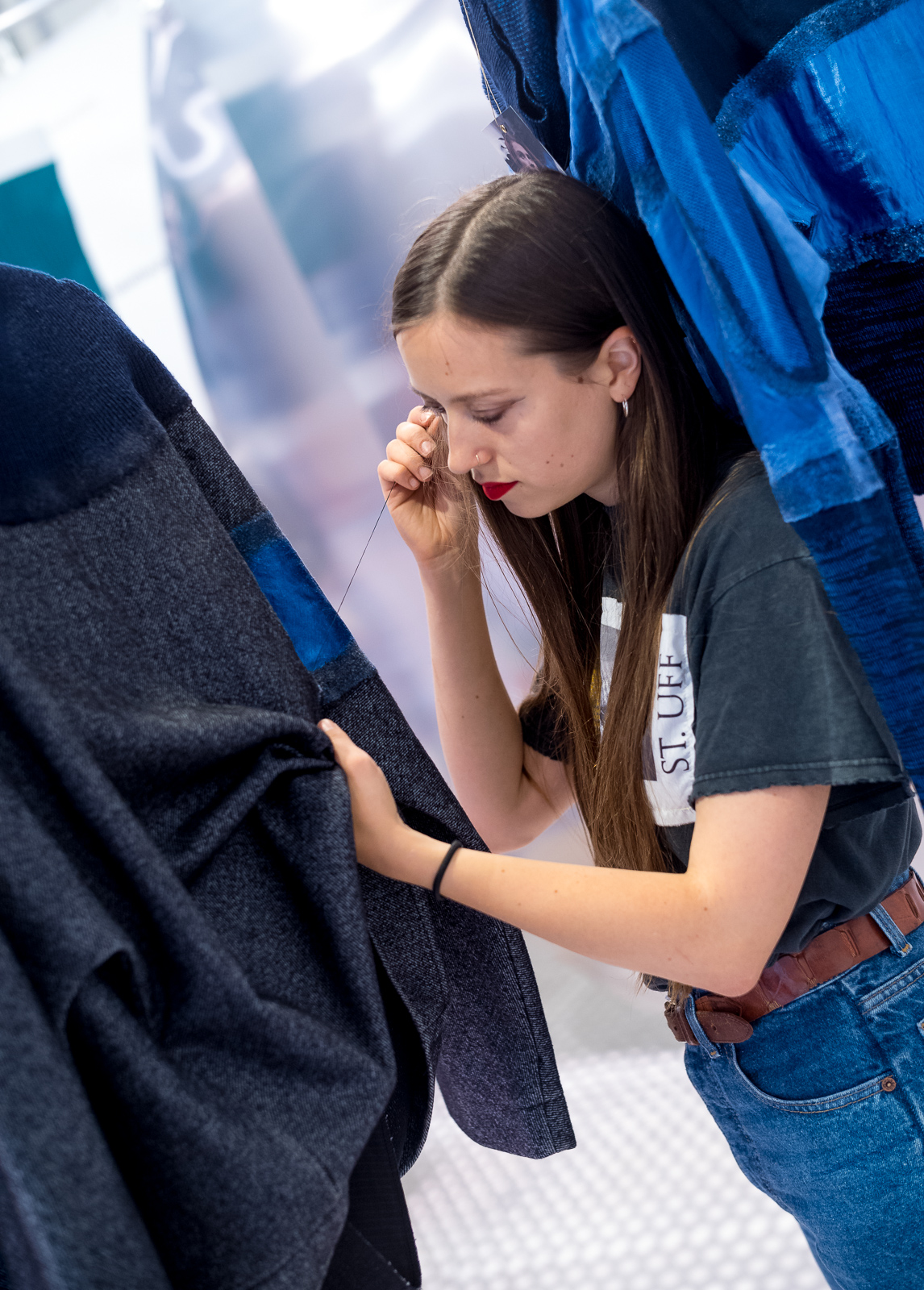
Foto: Vincent van Kleef -
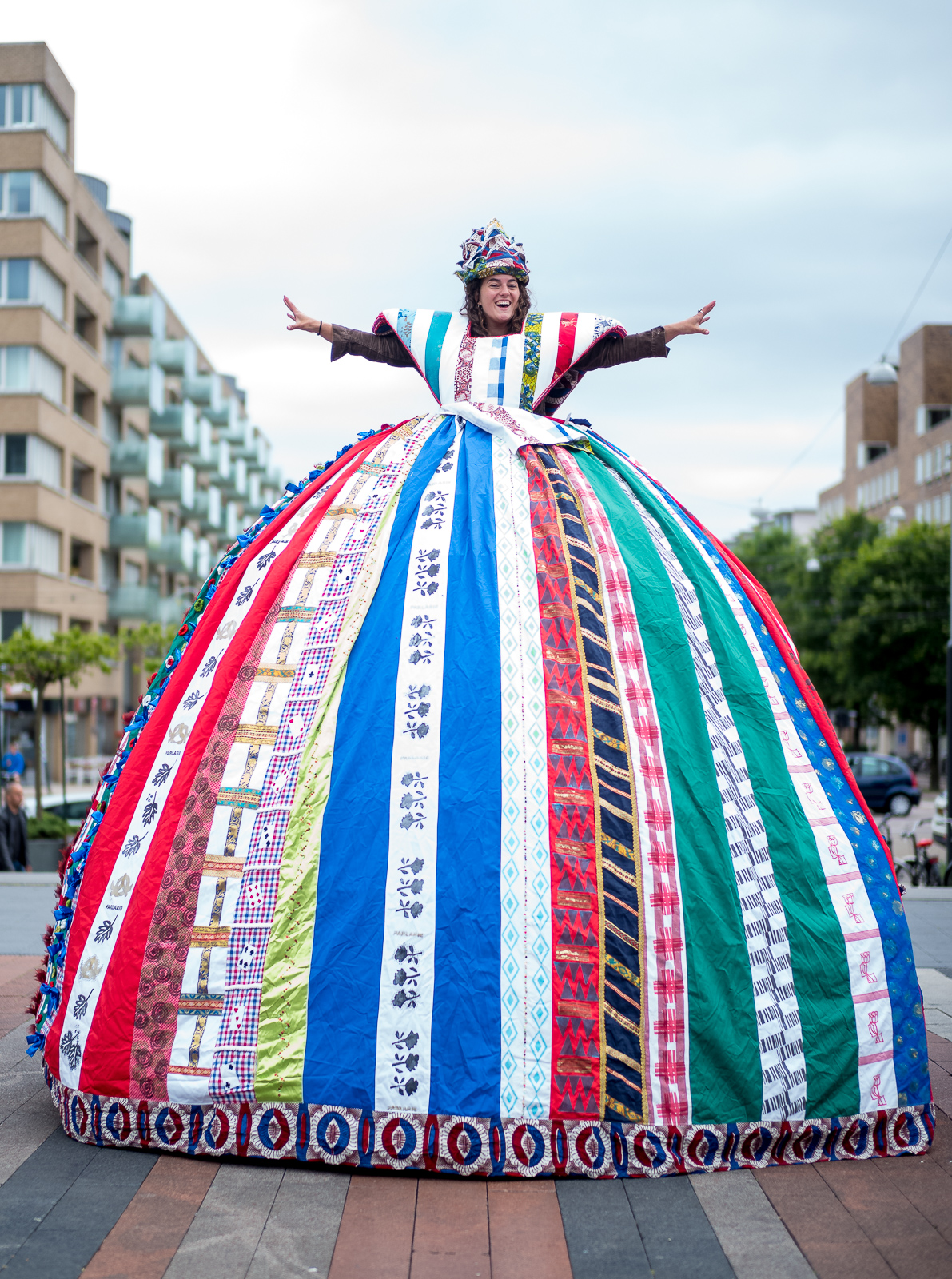
Foto: Vincent van Kleef
-
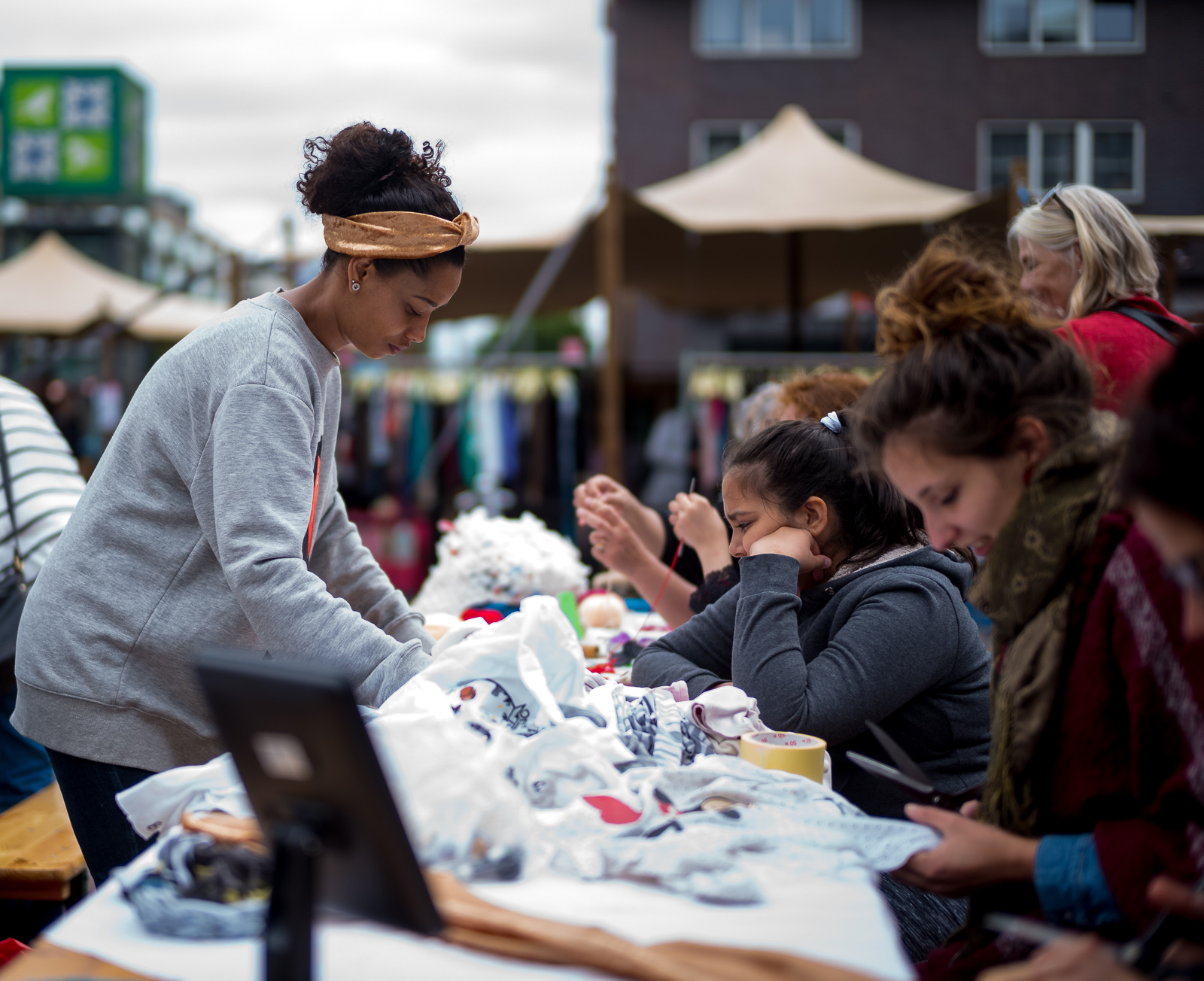
Foto: Vincent van Kleef -
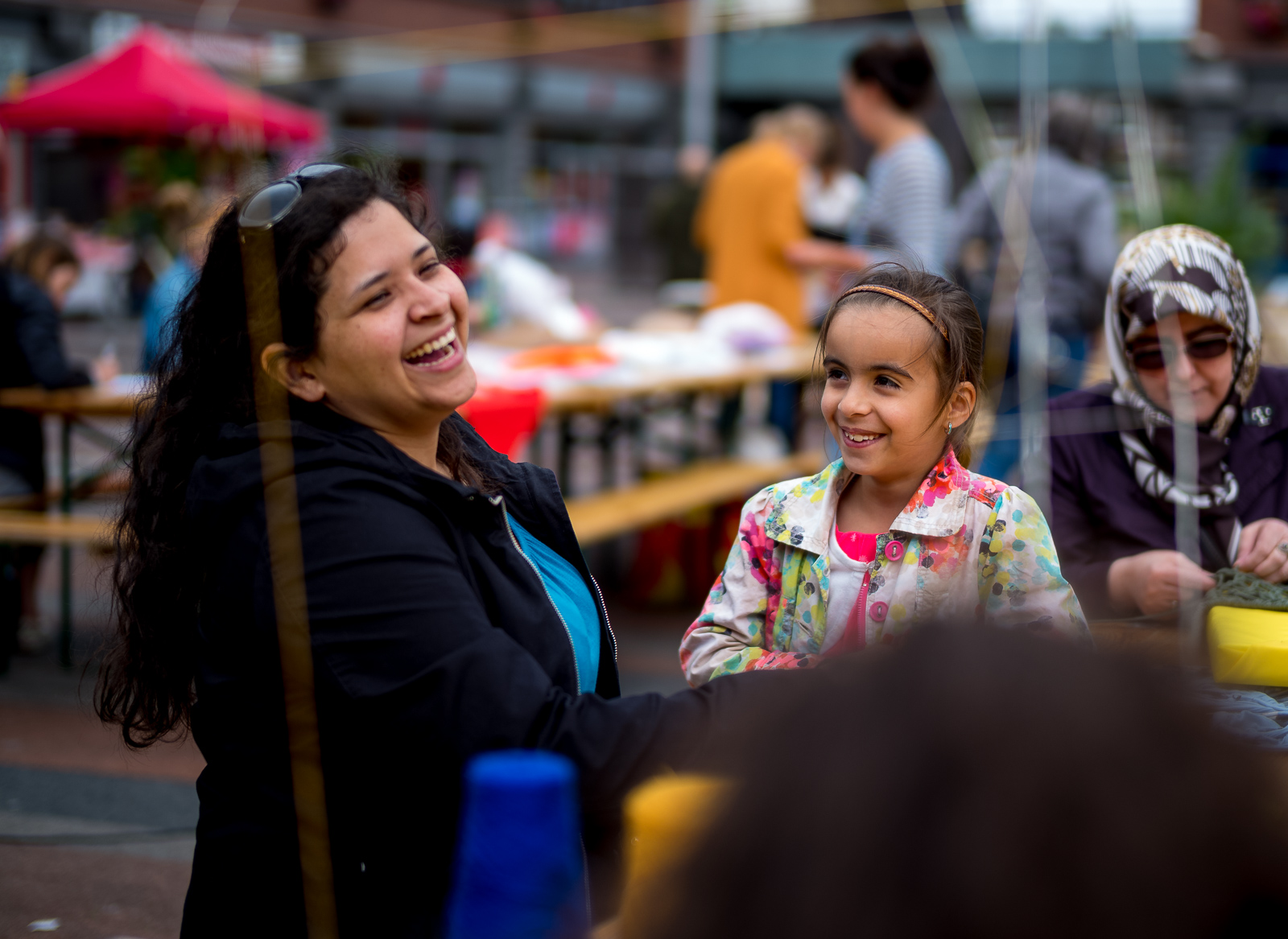
Foto: Vincent van Kleef
Smart & Electronic Mobility Expo
Op het Gustav Mahlerplein op de Zuidas konden bezoekers kennis maken met het vervoer van de toekomst. De zonneauto van Nuon en TU Delft, tevens sinds vijf jaar de snelste zonneauto ter wereld, was maar één van de vele technische innovaties. Ook de elektrische oldtimer Jaguar en het tiny-house op wielen maakten indruk.
-
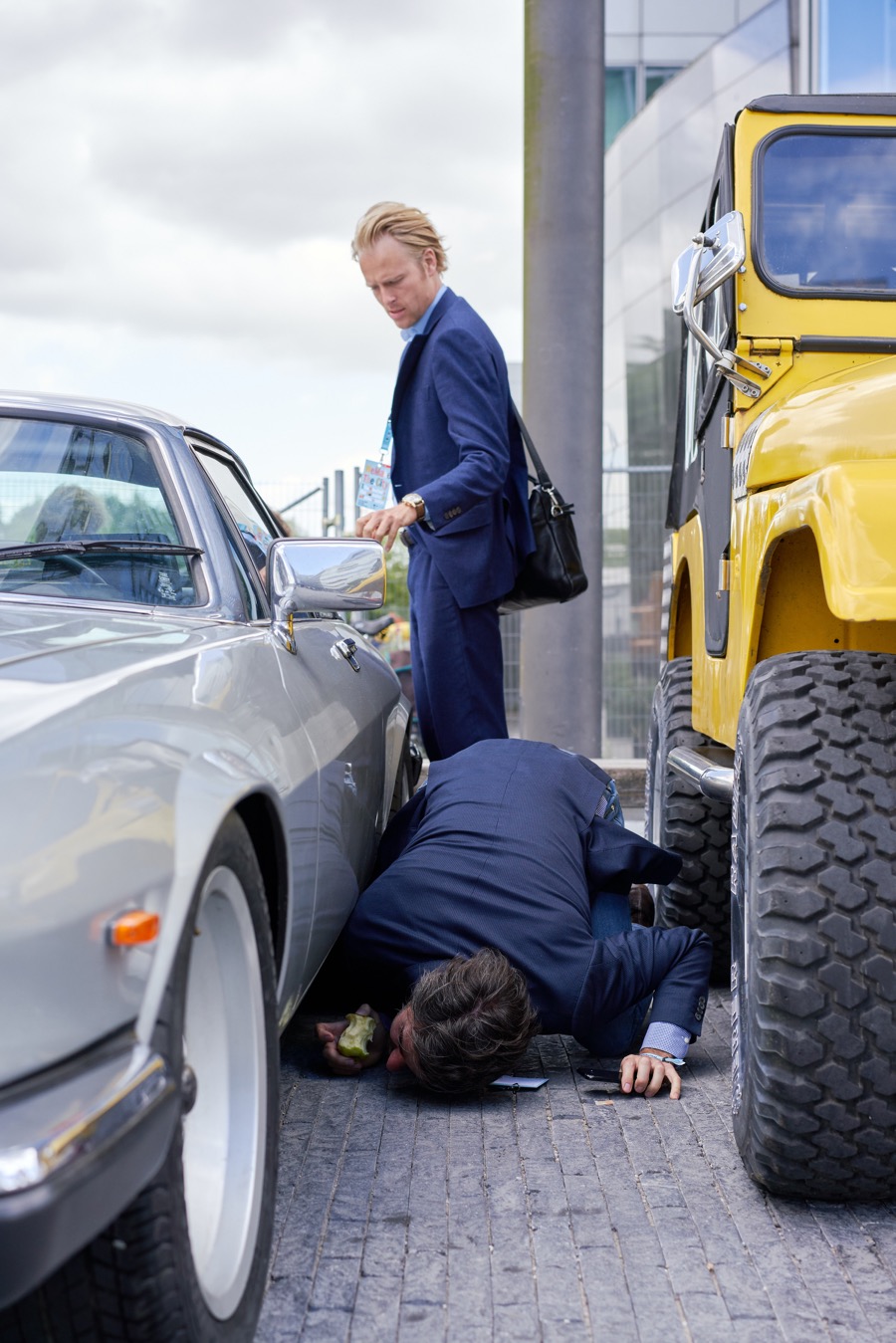
Foto: Jordi Huisman -
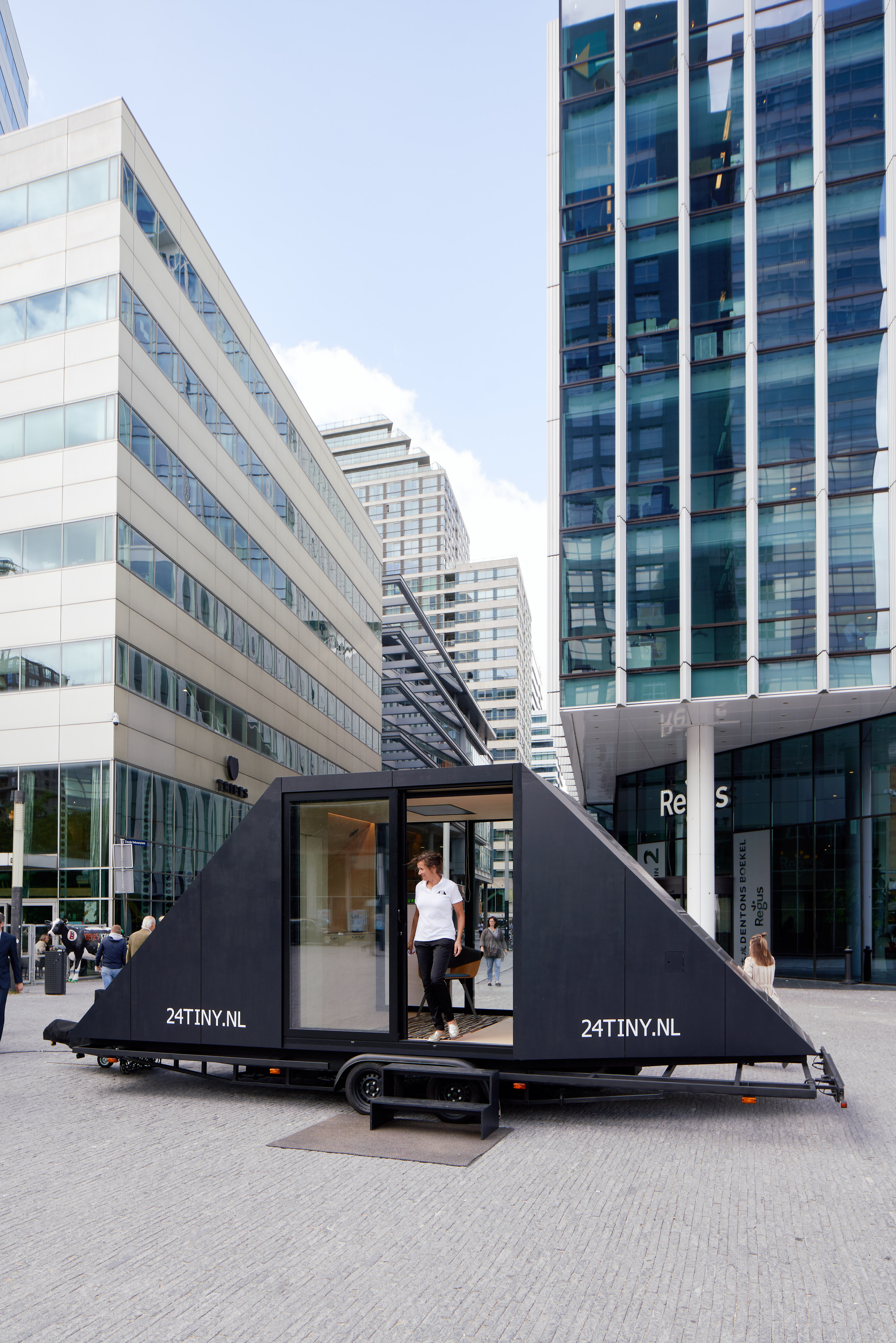
Foto: Jordi Huisman
-
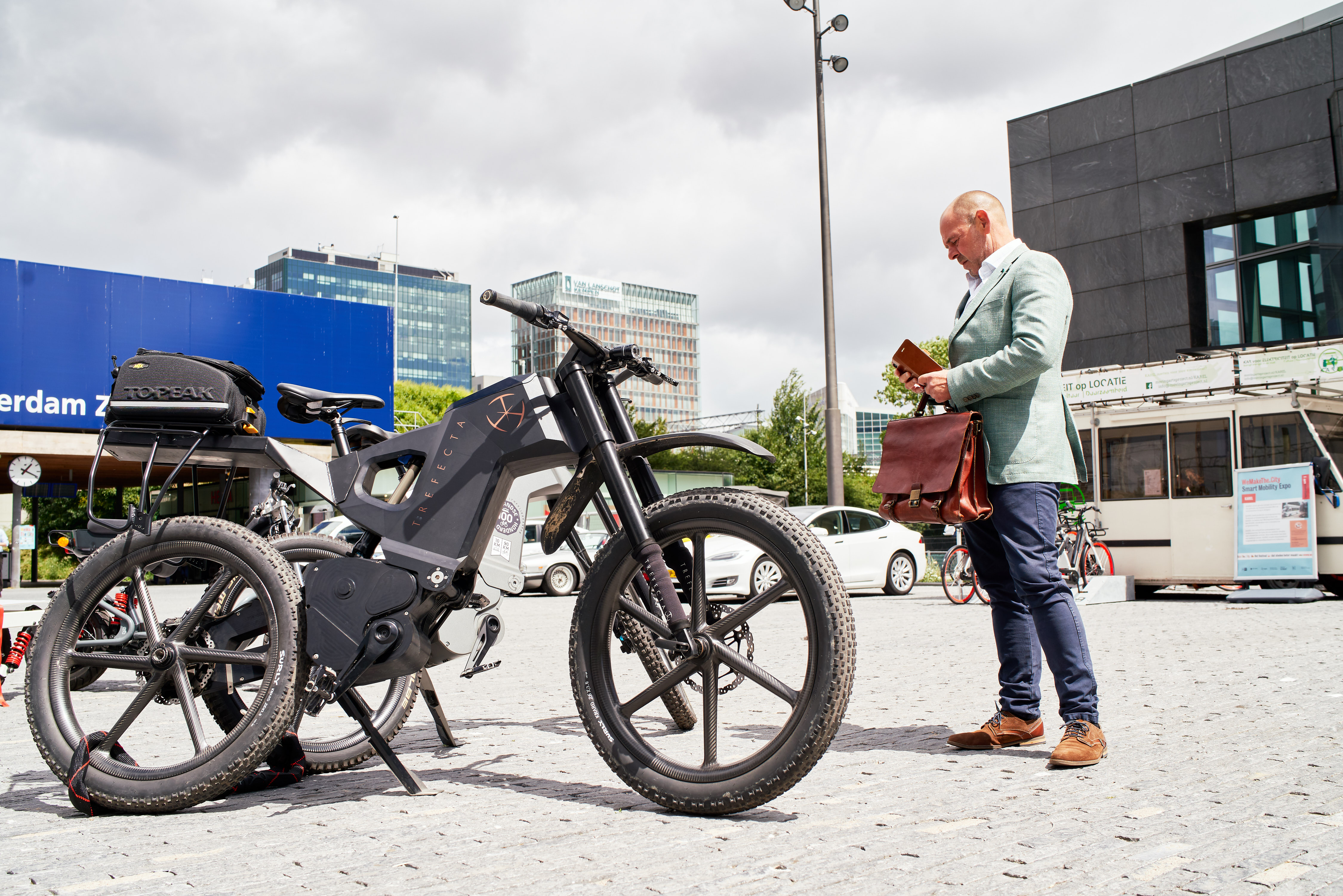
Foto: Jordi Huisman -
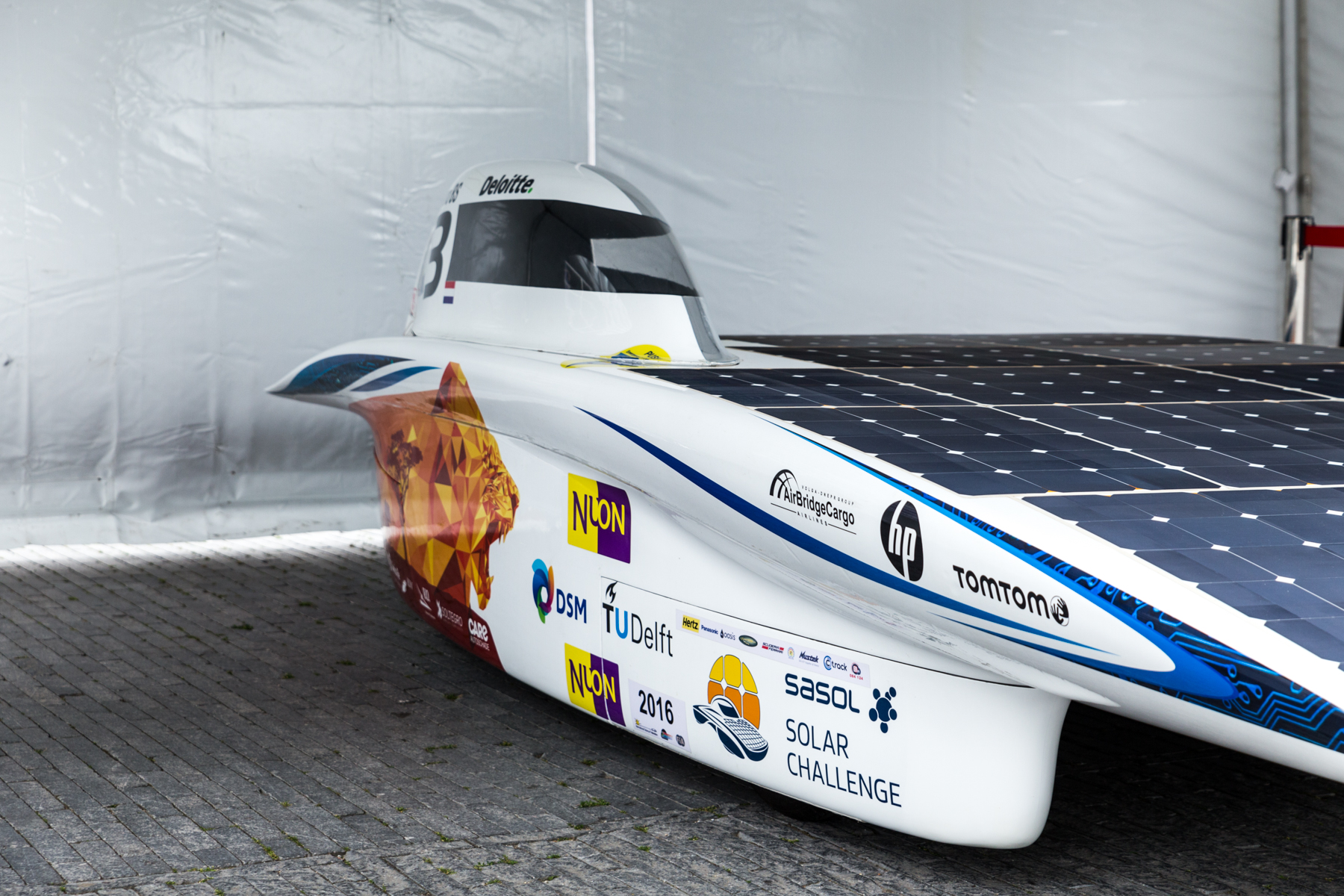
Foto: Jurre Rompa
WeMakeThe.City maken we samen
Bovenstaande beelden tonen slecht het topje van de ijsberg. Gedurende de afgelopen week zagen we hoe de gezamenlijk inzet en de kracht van de bewoners van deze stad kan worden ondersteund door de vele initiatieven, partners, bedrijven, ondernemers en burgers. We willen iedereen bedanken die deelnam, langs kwam en met ons meedacht over de mogelijkheden voor een betere toekomst voor onze stad.
Tot volgend jaar!
-
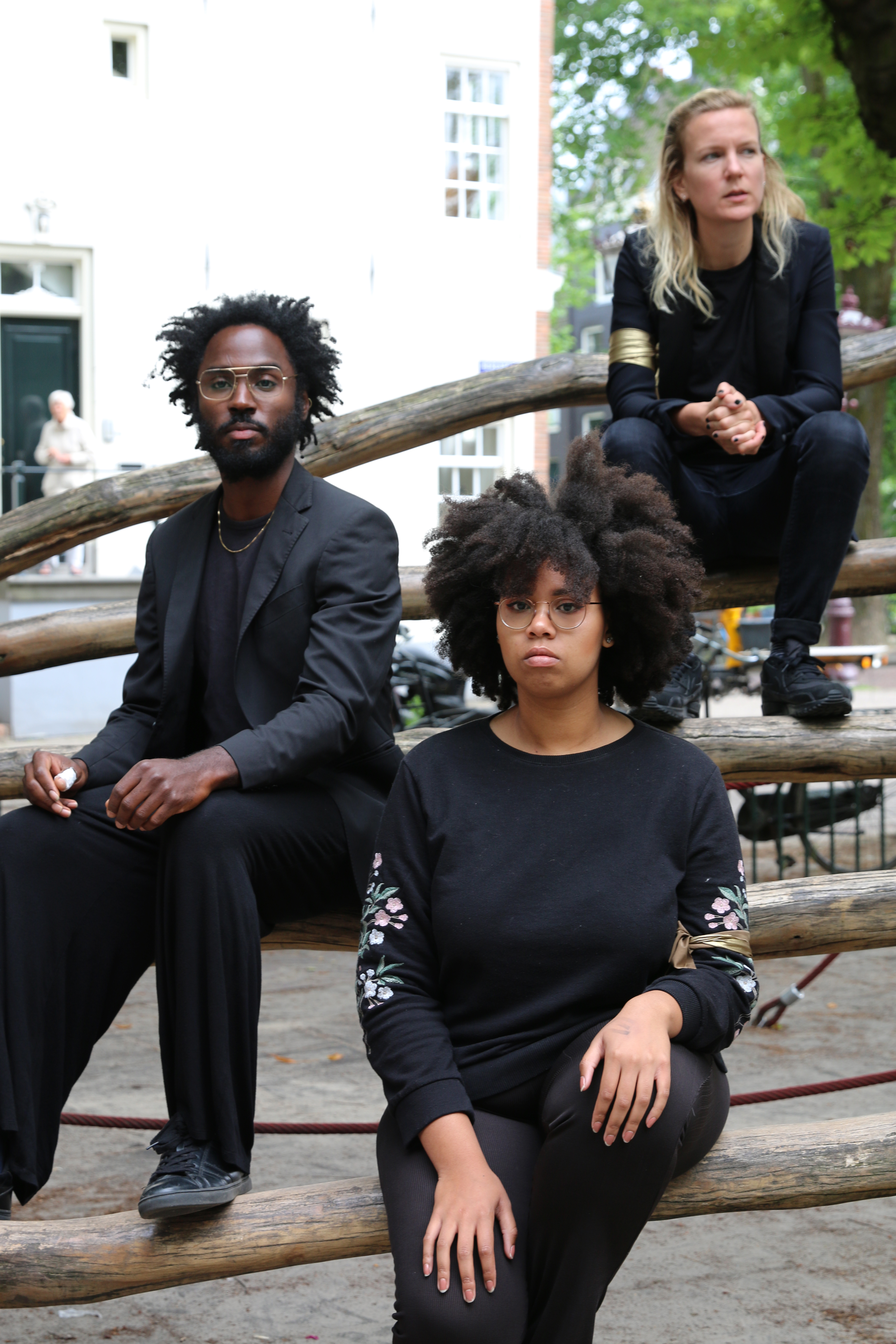
Sites of Memory – Changing Portraits
Foto: Alisa Moshkunova -
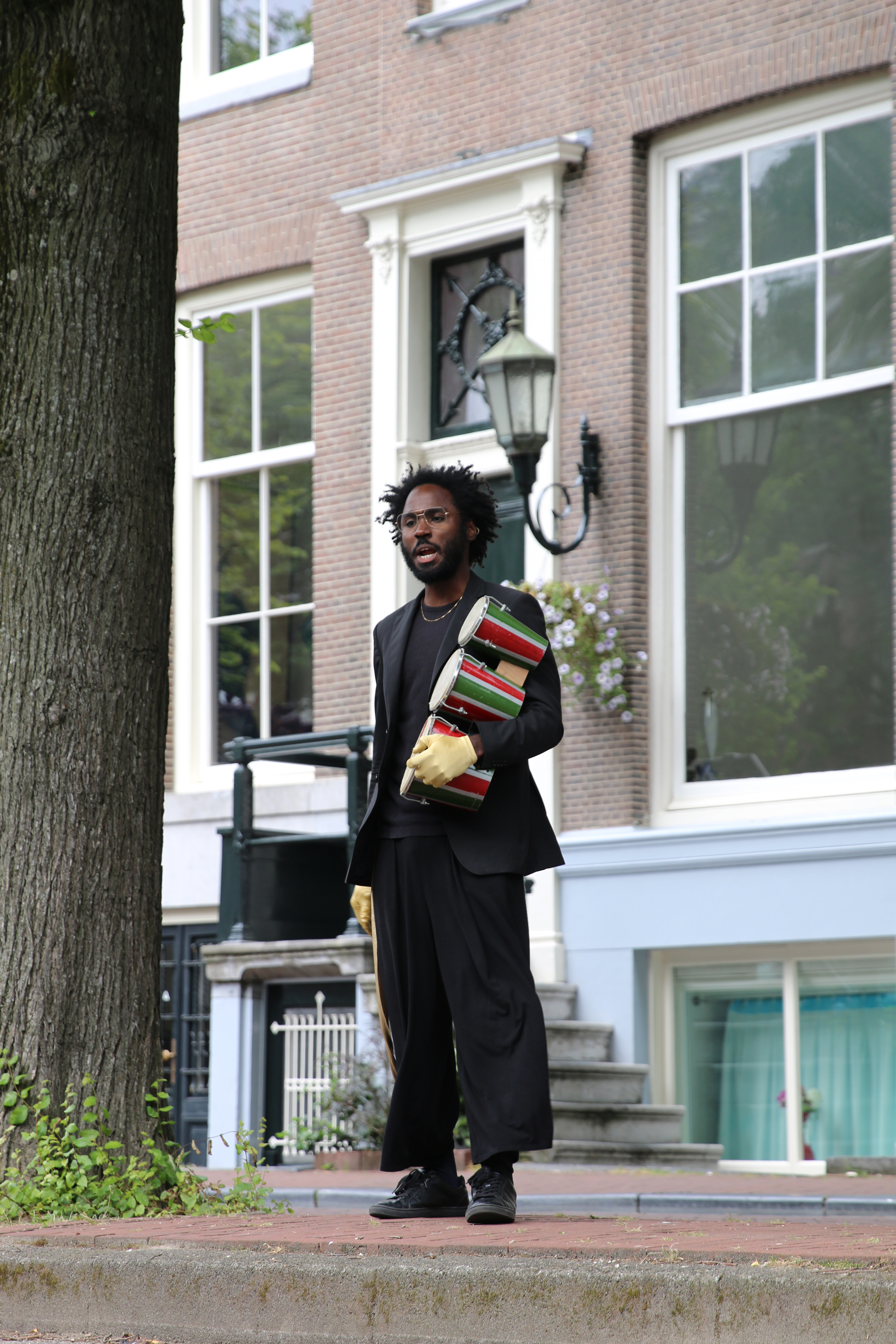
Sites of Memory – Changing Portraits
Foto: Alisa Moshkunova
-
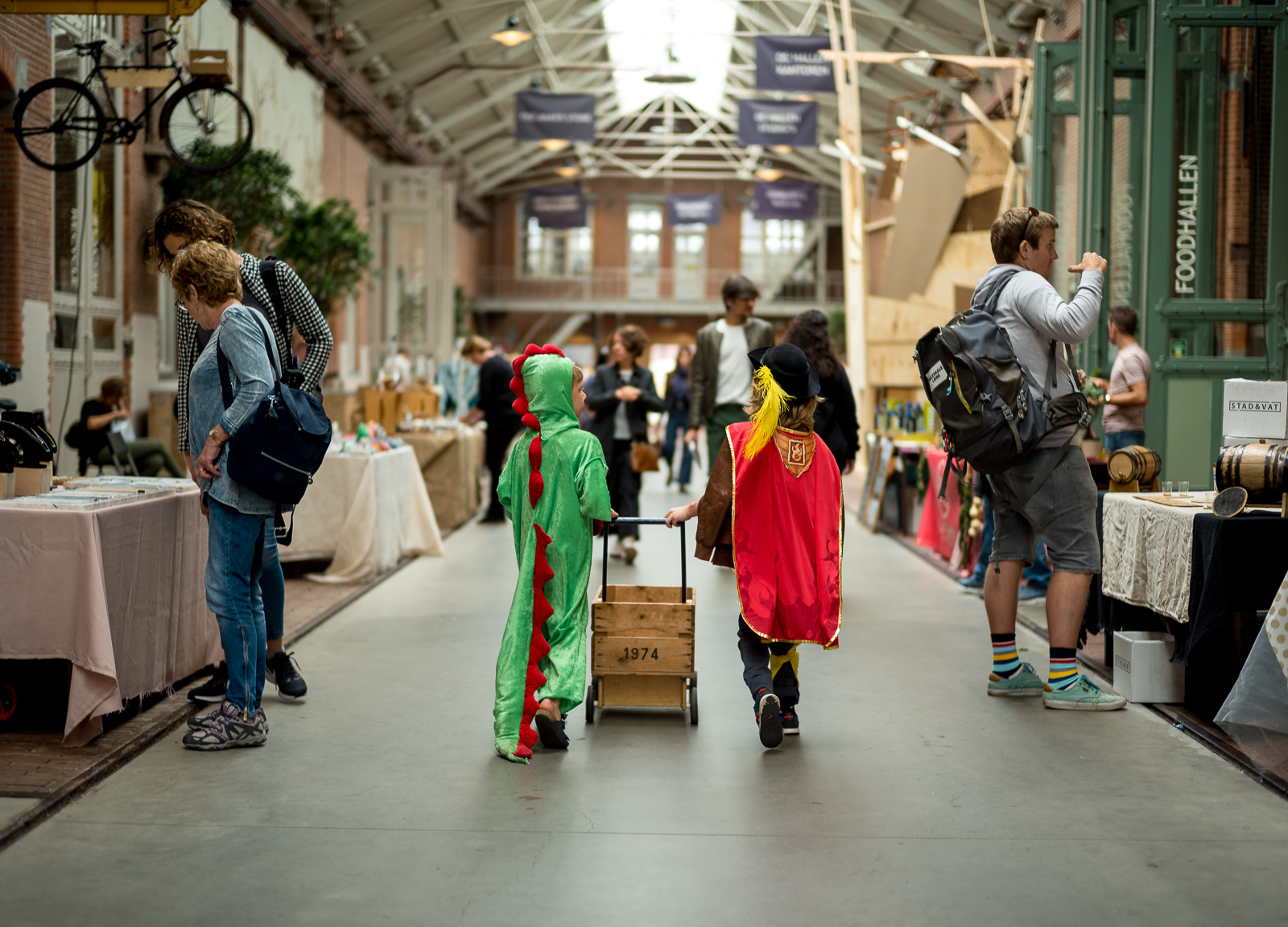
Maker Market
Foto: Vincent van Kleef
